Introduction
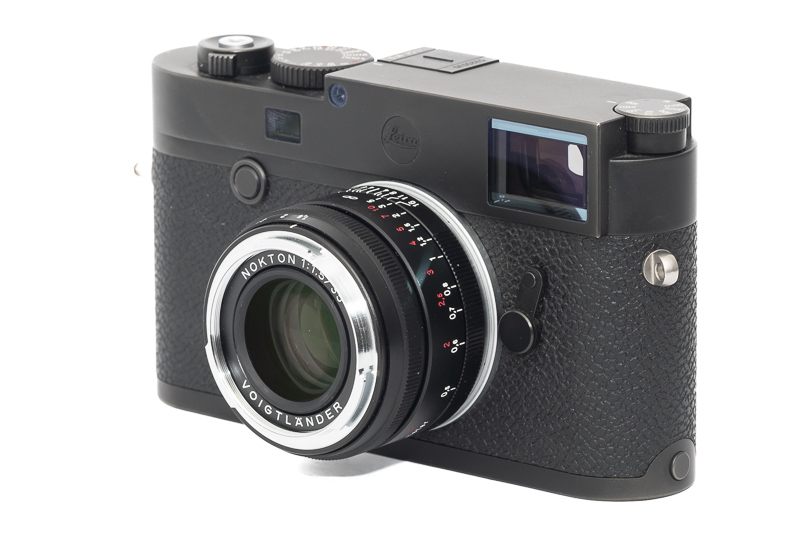
I already reviewed several lenses of Cosina’s lineup of fast and compact f/1.5 lenses. So could I say no to having a closer look at this Voigtländer VM 35mm 1.5 Nokton Type I as well? Of course not! Let’s find out more about this cute lens.
Sample Images
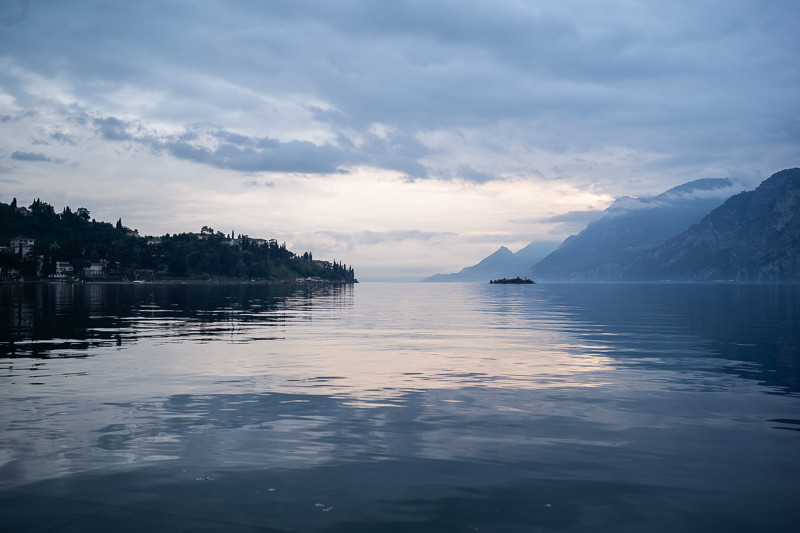
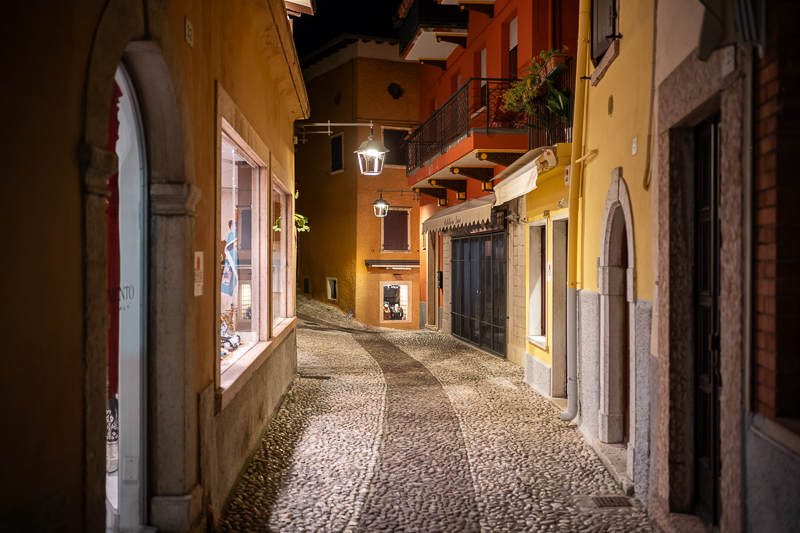

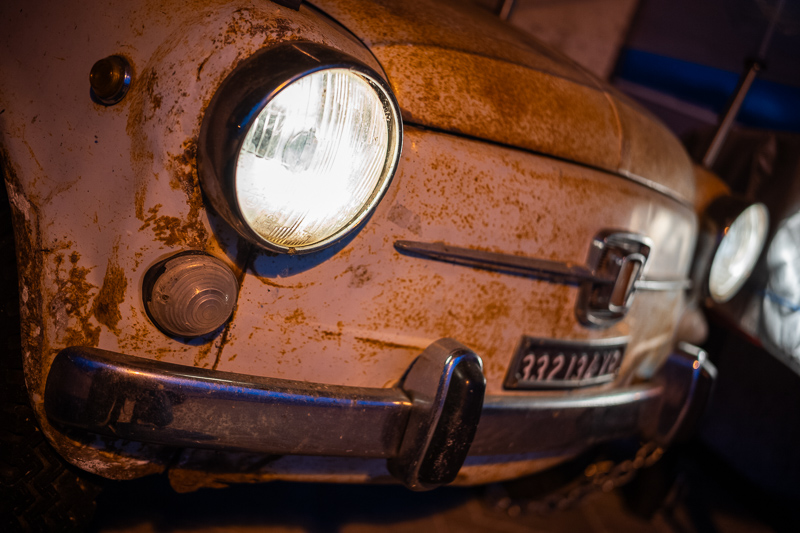
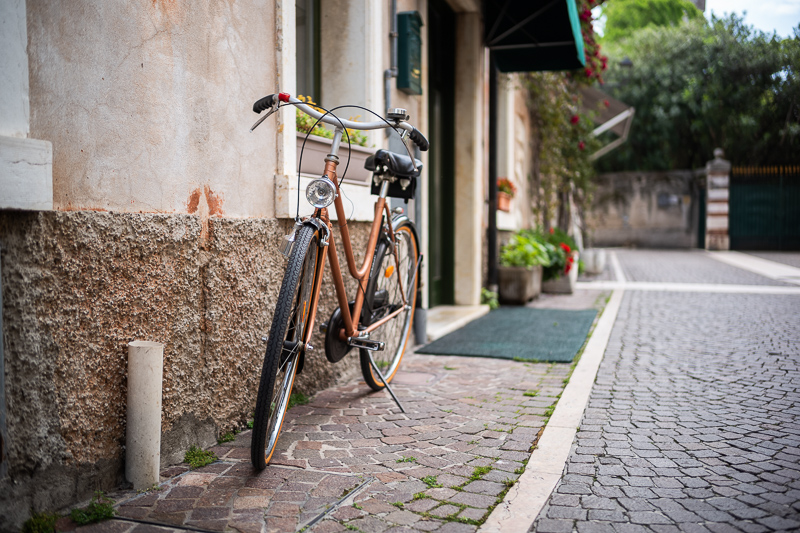
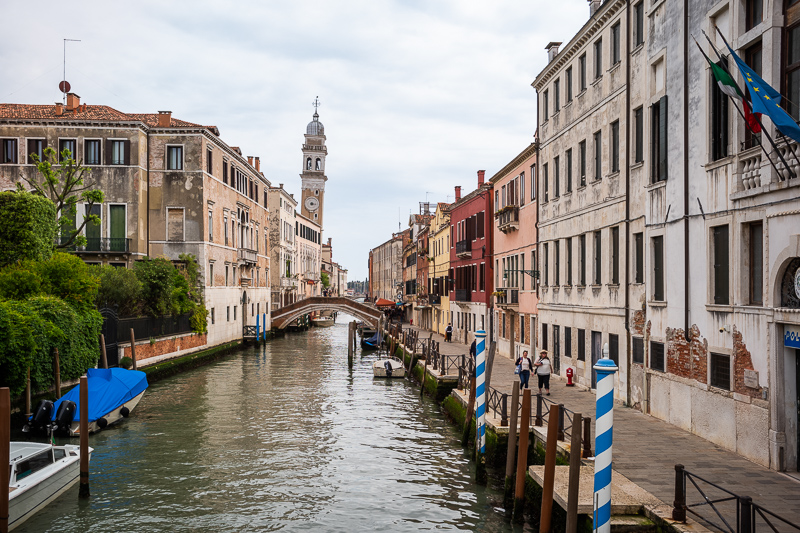
You can find most of the sample pictures in this article in full resolution here.
Contents
Specifications/Version History
Cosina made plenty of 35mm M-mount lenses, but this is the first one as fast as f/1.5. It comes in two versions, Type I which is made from aluminum and painted matte black (the version being reviewed here) and Type II which is made from brass and comes in glossy black paint and silver. The Type II versions are about 100g heavier.
The full specifications of Type I are:
-
- Diameter: 53 mm
- Field of view: 61.7° (diagonally)
- Length: 36 mm
- Weight: 192g (without hood and caps)
- Filter Diameter: 39 mm
- Number of Aperture Blades: 12 (straight)
- Elements/Groups: 9/6
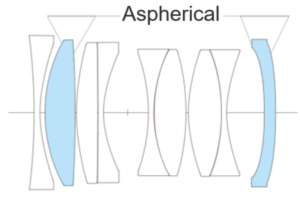
- Close Focusing Distance: 0.5 m
- Maximum Magnification: 1:11.3 (measured)
- Mount: Leica M
- Released: 2023
buy from amazon.com | amazon.de | ebay.com | ebay.de | B&H for about $799 (affiliate links)
Disclosure
A good friend and long time reader lend me this lens for a few weeks. Thanks a lot!
Handling/Build Quality
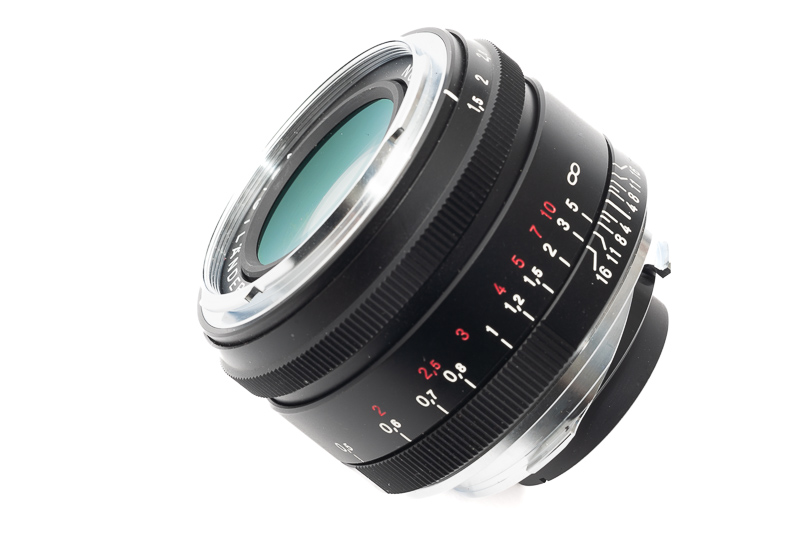
This Voigtländer VM 35mm 1.5 Nokton is part of Cosina’s “Vintage” line. It should be noted it got the “Vintage” designation because of its look, not because the pictures you take with it will look like they have been taken with an old lens, if you are looking for that then “Classic” is the term you need to look for in the Voigtlander portfolio.
The lens looks and feels really solid, all the markings are engraved and filled with paint, the focus ring has perfect resistance and turns about 120° from the minimum focus distance of 0.5 m to infinity. Unlike many Laowa lenses and also the Thypoch Simera lenses this one sadly does not feature a click-stop at the 0.7 m mark.
The aperture ring has equidistantly spaced half-stop click stops and feels very tightly assembled. It turns ~110° from f/1.5 to f/16. Unlike the aperture rings of most of the other VM lenses this one has a bit of a mushy feel to it though.
Without a hood attached this lens only shows very little rangefinder blockage. The owner was first using a Haoge vented hood that leads to noticeable viewfinder blockage.
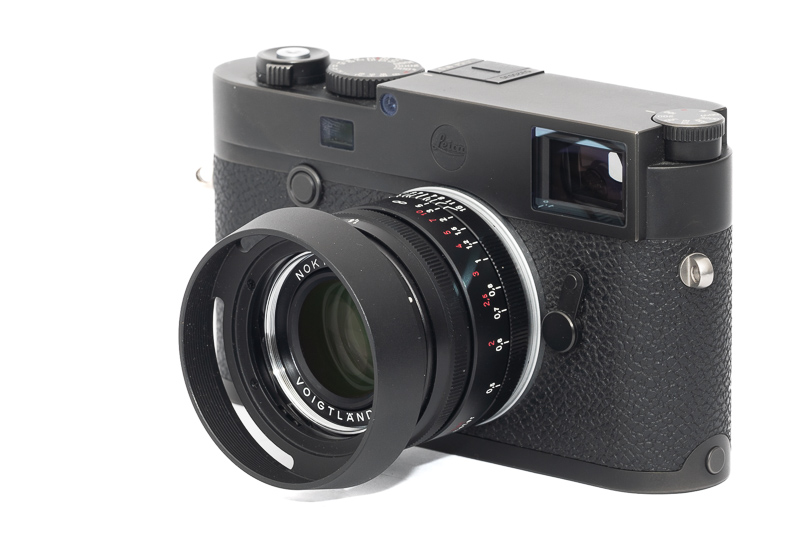
As soon as it became available he replaced it with the Tahusa hood which I think is a great match to this lens and also doesn’t lead to increased rangefinder blockage. I am also using a hood made by that manufacturer on my Voigtländer VM 40mm 1.4 Nokton.
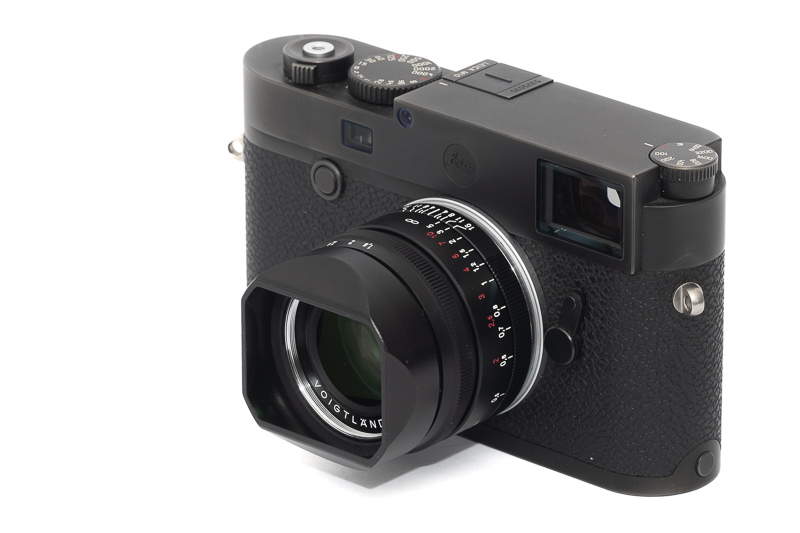
I have to admit that without the hood the lens looks a bit “unfinished” as the shiny distinct front bayonet actually looks similar to the rear bayonet.

The Voigtländer VM 35mm 1.5 Nokton is the smallest lens as fast as this with a modern optical design. It is noticeably smaller than the Leica 35mm 1.4 FLE MK II and also the Voigtländer VM 35mm 1.2 Nokton III.
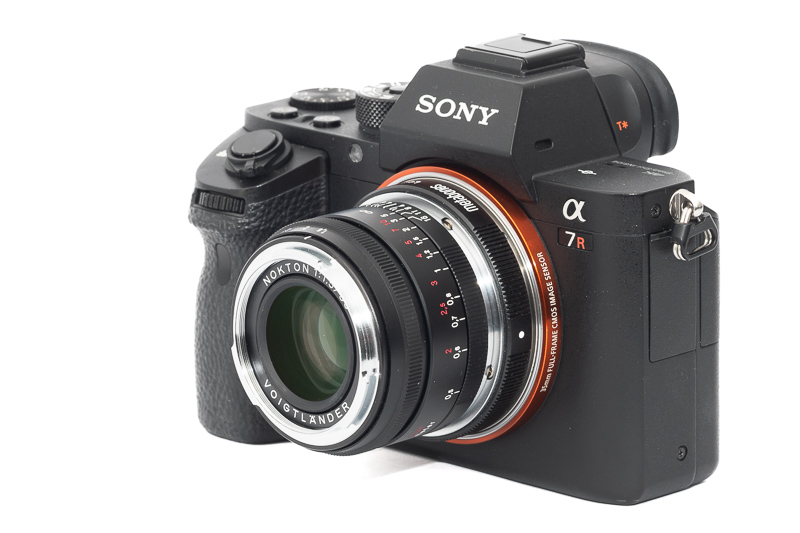
When using the Techart LM-EA9 adapter to turn this into an autofocus lens the AF works very well in the central part of the frame but not outside of it – as is the case with most lenses.
Vignetting
Light falloff
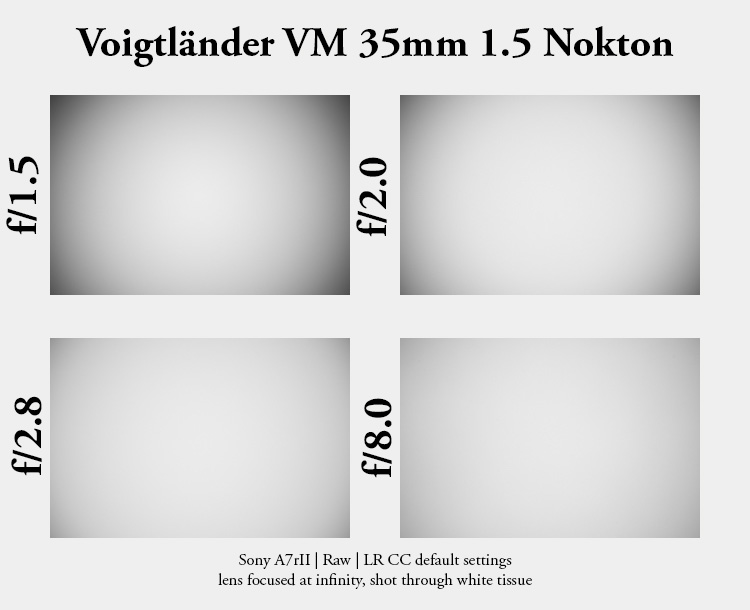
| f/1.5 | 3.5 EV |
| f/2.0 | 2.7 EV |
| f/2.8 | 2.0 EV |
| f/4.0 - f/16 | 1.7 EV |
The Voigtländer VM 35mm 1.5 Nokton shows high vignetting figures – not surprising considering how small it is. What is interesting is that it actually vignettes less than the noticeably bigger Leica 35mm 1.4 FLE.
The vignetting figures are also almost identical to the Voigtländer VM 28mm 1.5 Nokton.
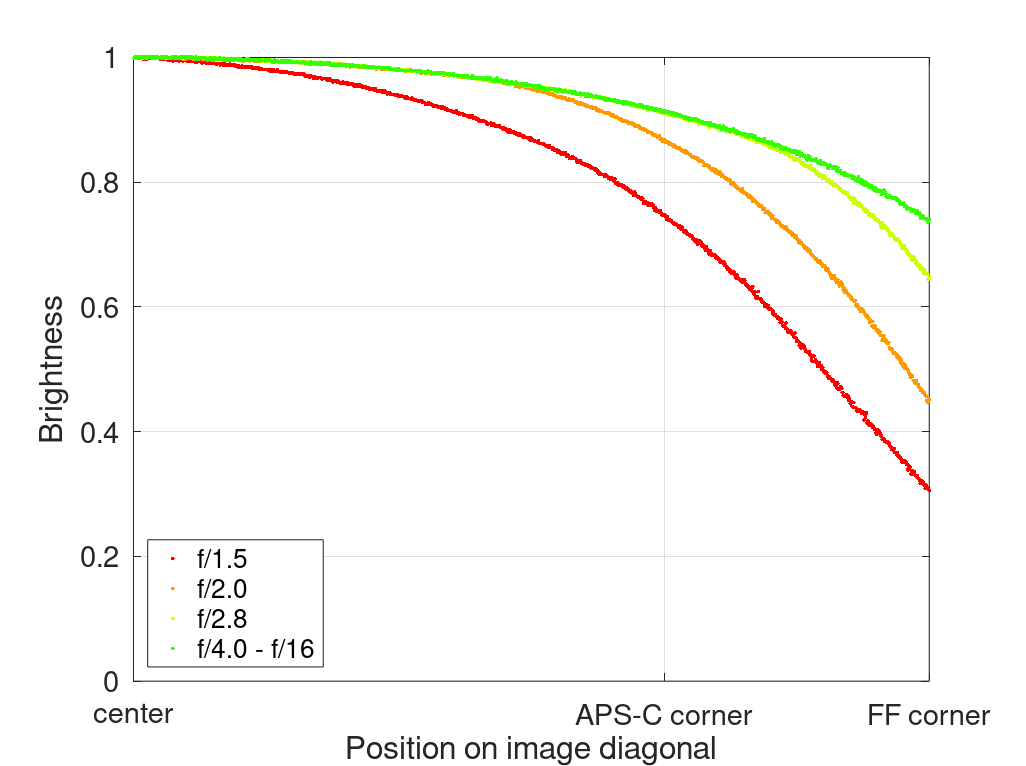
It is recommended to have a look at this article first to get an idea how this brightness graph works.
Optical vignetting
Fast lenses usually show a significant amount of optical vignetting. Without going too much into technical details optical vignetting leads to the truncation of light circles towards the borders of the frame.
In the center of the frame almost every lens will render a perfect circle, but only lenses with very low optical vignetting will keep this shape in the corners.
So in the following comparison we move from the center (left) to the extreme corner (right) and see how the shape of the light circle changes.
I did shoot all three lenses side by side, they were set to 0.5 m and with focusing at a target situated at exactly 0.5 m distance from camera it was ensured the focus distance is actually the same, so the size of the circles is directly comparable.
Unsurprisingly the Voigtländer VM 35mm 1.5 Nokton shows a high amount of optical vignetting. Interestingly the noticeably bigger Leica 35mm 1.4 FLE MK II performs just the same and we also see the difference between f/1.4 and f/1.5 is irrelevant. The Thypoch Simera 35mm 1.4 also shows a similar amount of optical vignetting, but unlike these three lenses here it features a high number of rounded aperture blades.
All these lenses make use of aspherical elements. Here the polishing of the Leica looks best to me, as it shows the least obtrusive onion ring structures.
Sharpness
Focus Shift
With some lenses the point of optimal focus shifts on stopping down. Here I see a tiny bit of focus shift between f/1.5 and f/2.0, but not nearly enough to get worried about, as the actual target doesn’t drop out of the focal plane.
infinity (24mp Leica M10, 42mp Sony A7rII)
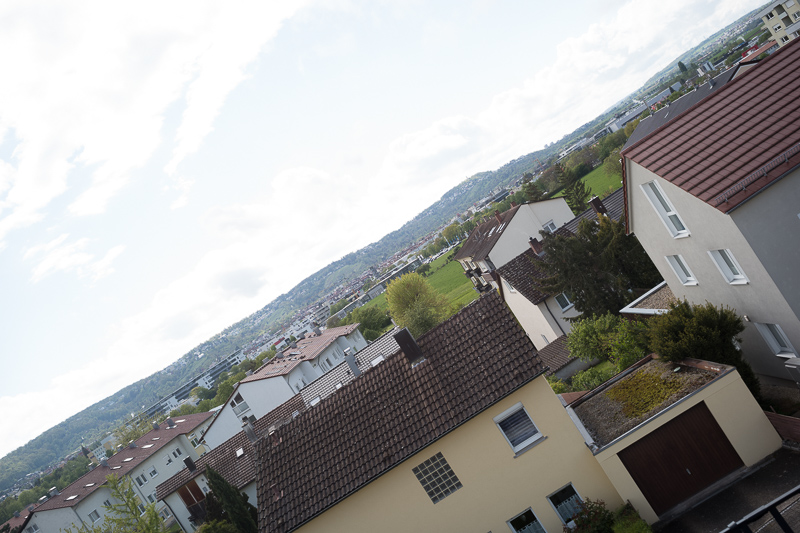
On the Leica M10 I see a bit of glow at f/1.5 as well as a noticeable midzone drop and okayish corners. By f/2.8 it already looks good everywhere, the best performance is achieved at f/8.0.
The Leica 35mm 1.4 FLE MK II has a similar midzone dip but slightly better corners at wider apertures. From f/5.6 they look pretty similar. In this category the Thypoch Simera 35mm 1.4 shows the best performance, as the midzone is mostly gone from f/2.0.
On the Sony A7rII with its thick filter stack the corners look worse at wider apertures – as was to be expected – and the midzone dip is also slightly worse.
portrait distance 1.0 m (24mp Leica M10, 24mp Sony A7III)

I refocused for every shot and aperture to get the best possible result at different locations in the frame (center, inner midframe and outer midframe).
The circle of the dollar bill is more or less the size of a human eye.
We will be looking at 100% crops from the 24mp Sony A7III and the Leica M10. Both cameras do not have an anti aliasing filter in front of the sensor. Focus distances was 1.0 m.
Leica M10 <—> Sony A7III
The performance at f/1.5 is very good in the center, good in the inner midframe area but not so great in the outer midframe area – a situation very similar to the other recent Voigtländer VM lenses.
Differences between Leica and Sony are not huge here, but the lens does look better in the outer midframe area on the Leica as was to be expected. In the center at f/2.0 it looks better on Sony which is due to setting precise focus on Sony cameras is noticeably easier.
What about the competition? The VM 35mm 1.2 Nokton III performs very similar here at shared apertures. The Leica 35mm 1.4 FLE MK II and The Thypoch Simera 35mm 1.4 perform better, most likely thanks to their floating elements designs.
close 0.5 m (42mp Sony A7rII)
Despite the lack of a floating elements design this Voigtländer 35mm 1.5 does pretty well at its minimum focus distance of 0.5 m.
The Leica 35mm 1.4 FLE MK II actually does a bit worse at its maximum aperture – despite featuring a floating elements design – but it also focuses slightly closer.
Flare resistance
As always evaluating flare is a complex matter since you can get any lens to look bad if you push it hard enough and a slight change of scenario can affect results a lot.
That being said, most of the recent Voigtländer lenses have been showing a great performance in this category, e.g. the VM 28mm 1.5 Nokton, VM 50mm 1.2 Nokton, the VM 35mm 1.7 Ultron and also the slower VM 28mm 2.0 Ultron MK II as well as the VM 28mm 2.8 Color-Skopar. Only the VM 50mm 1.5 Nokton MK II was a bit of a disappointment.
At the maximum aperture it is hard to catch artefacts and also the contrast stays on a high level, even with strong point light sources directly in the frame.
Stopped down I managed to create a small green ghost in these staged scenarios, but the light source needs to be in a very specific spot for that. In the field I did not encounter any issues with this lens.
A much better performance than what I have seen from the Leica 35mm 1.4 FLE MK II and the Thypoch Simera 35mm 1.4.
Coma
The performance in this category was a bit of a positive surprise. There is clearly coma visible at f/1.5 to f/2.0, but the artefacts are smaller than those of most other similarly fast M-mount lenses including the Leica 35mm 1.4 FLE MK II and the Thypoch Simera 35mm 1.4. The Voigtländer VM 35mm 1.2 Nokton III shows a similar performance at shared apertures.
Distortion
The Voigtländer VM 35mm 1.2 Nokton III had a bit of a nasty wavy distortion pattern and also here we see a not perfectly uniform pincushion distortion. A profile in Lightroom isn’t available yet, but dialing in -2 does an okay job for now.
The distortion is still low and I did not correct it for any of the sample pictures.
Bokeh

Whenever dealing with a fast wide angle lens, the performance in this category is very important to me, so let’s have a closer look.
Close Distance



At close distances there is hardly anything for me to complain about: the Voigtländer renders a smooth and undistracting bokeh. Thanks to good contrast – also at shorter distances – the subject also stands out nicely from the background.
Mid Distance

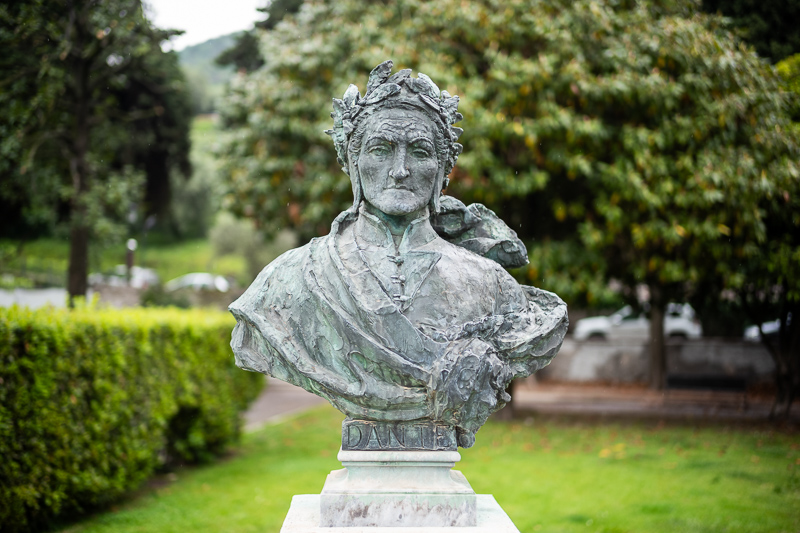
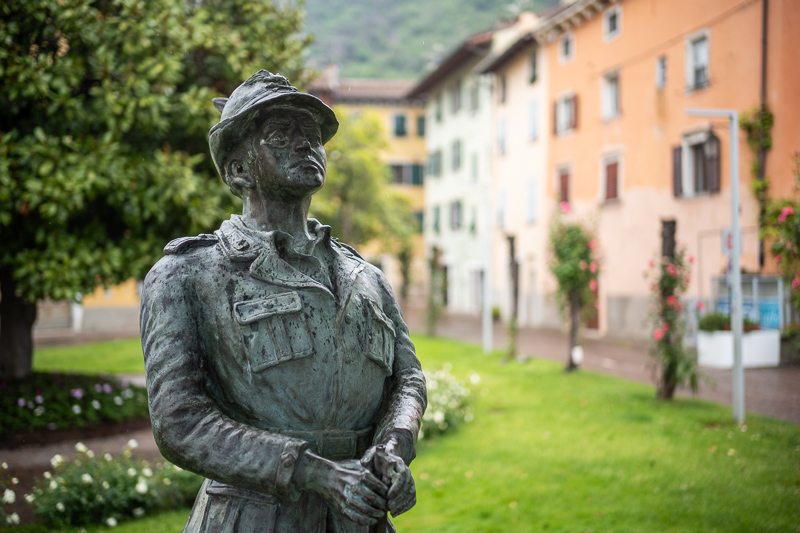
At mid distances I also find the rendering of this lens very pleasing – we do see the effect the strong optical vignetting has on foliage in the background though.
Long Distance
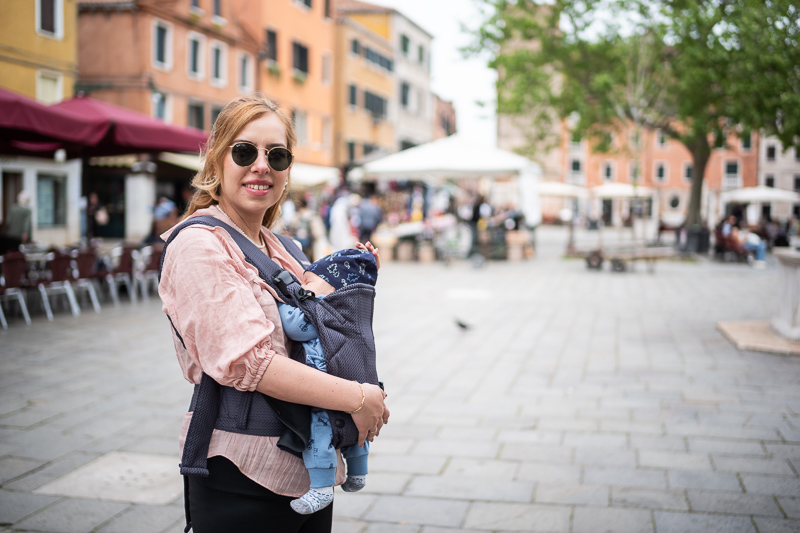


Now to be honest, I was a bit afraid how the lens will perform at longer focus distances, because I wasn’t super happy with the 28mm Voigtländer offerings here. Interestingly this lens performs better than expected and field curvature seems to be less of an issue here – similar to the Voigtländer VM 35mm 1.2 Nokton III and even the Thypoch Simera 35mm 1.4 with its floating elements design.
Luckily I had this Voigtländer VM 35mm 1.5 Nokton and the latest Leica 35mm 1.4 FLE MK II at the same time, so I did some side by side comparisons.
Compared to: Leica 35mm 1.4 FLE MK II
Caution:
As I did these comparisons on the Leica M10 the camera introduced forced vignetting and color cast corrections to the pictures taken with the Leica 35mm 1.4 FLE MK II, in a fair comparison the Voigtländer VM 35mm 1.5 Nokton actually shows less vignetting.
Scene 1: Forest Close Distance
Scene 2: Forest Transition
Scene 3: Forest Mid Distance
Scene 4: Forest Long Distance
Scene 5: Forest Long Distance Backlit
Scene 6: City Long Distance
Scene 7: City Lights Mid Distance
Observations
What can we learn from these comparisons? Generally the Leica draws a way more nervous and distracting bokeh. This is especially visible in the first three forest scenes but also in the nightly city scene.
Now scene four is an interesting one as it showcases the different field curvature shapes. The Voigtländer’s midframe areas look more out of focus, but the corners are pulled back into the focal plane. So in this scene I call it a draw and same is true for scene six.
My personal favorite 35mm lenses with regards to bokeh rendering are the Voigtländer VM 35mm 1.2 Nokton III, the Thypoch Simera 35mm 1.4, this Voigtländer VM 35mm 1.5 Nokton, the Voigtländer VM 35mm 1.7 Ultron and then the Zeiss ZM 35mm 1.4 – in that order.
Sunstars
Like many of the recent Voigtländer lenses also this 35mm 1.5 features 12 straight aperture blades, which yield very distinct suntars from f/2.0 to f/11.
If you want to know more about sunstar rendering of different lenses have a look at this article.
Chromatic aberration
lateral
This lens shows only minimal lateral CA.
longitudinal
We see here a very typical performance for a fast 35mm lens with rather strong fringing at the maximum aperture that still doesn’t completely clear up when stopped down to f/2.8. The Leica 35mm 1.4 FLE MK II shows a very similar performance at shared apertures.
Purple fringing is pretty strong at f/1.5, still visible at f/2.0, but fully gone at f/2.8.
Conclusion
good
|
average
|
not good
|
When this Voigtländer VM 35mm 1.5 Nokton was released in 2023, I wasn’t super interested in it, because I already had the Voigtländer VM 35mm 1.2 Nokton III, which is pretty much the same thing – just a bit faster, bigger and heavier.
Many M-mount users highly value compact and low weight lenses though and here this 35mm 1.5 Nokton is a real winner – especially the Type I aluminium version. At 192g it is the same weight as the Voigtländer VM 40mm 1.4 Nokton with its much simpler “Classic” optical design and it is noticeably smaller than the Leica 35mm 1.4 FLE and the Thypoch Simera 35mm 1.4.
Generally, in terms of optical performance, Cosina managed to create a very compelling lineup of these compact f/1.5 lenses. There are some noteworthy differences, but you can clearly tell they follow the same design language and in my opinion they are also a perfect fit to the M-system – in many cases a better fit than Leica’s own lenses.
buy from amazon.com | amazon.de | ebay.com | ebay.de | B&H for about $799 (affiliate links)
Alternatives
I already reviewed a lot of fast 35mm lenses for M-mount. You can find all their reviews here. These are some popular alternatives to have a closer look at:
Voigtlander VM 35mm 1.2 Nokton III:
In most of the categories this lens performs very similar, the main differences are the faster maximum aperture and the bigger size as well as the higher weight. This is also my personal choice when it comes to fast 35mm lenses for the Leica M-mount.
Those that care more about small size and lower weight than a faster maximum aperture may prefer this f/1.5 version though.
buy from amazon.com | ebay.com | ebay.de | B&H for about $949 (affiliate links)
Voigtlander VM 35mm 1.7 Ultron:
This lens has already been discontinued and somewhat replaced by this Voigtländer VM 35mm 1.5 Nokton, but this is still a really well balanced lens with better off center sharpness at portrait distances and less longitudinal CA – should you care about those things. Some people really hate its knurled focus ring though.
buy from ebay.com | ebay.de for ~500$ (affiliate links)
Zeiss ZM 35mm 1.4:
The last entry of the Zeiss ZM lineup. Very high contrast, better performance at wider apertures but too big and heavy for most M-mount users.
buy from amazon.com | amazon.de | ebay.com | ebay.de | B&H starting at 1600$/1600€ (affiliate links)
Leica 35mm 1.4 FLE MKII:
I used both these lenses side by side and compared them in most of the categories. The difference in maximum aperture is completely irrelevant and the only category where I see the Leica ahead is off center sharpness at portrait distances at f/1.4 to f/2.0. As this Voigtländer lens is smaller, lighter, performs better in most categories and only costs a fraction, I don’t see a lot of reasons to go for the Leica lens.
buy from ebay.com | ebay.de | B&H (affiliate links) for $5395
Leica 35mm 1.4 FLE MKI:
The performance of this predecessor of the aforementiond lens is pretty much the same. If you don’t care about the improved minimum focus distance – e.g. because you are using an M-mount camera without liveview – you can just as well use this older version.
buy from amazon.com | ebay.com | ebay.de | B&H for $5195 (new) or starting at $3000 (used) (affiliate links)
Thypoch Simera 35mm 1.4:
This lens’ optical diagram looks very similar to that of the aforementiond Leica lenses, but actually I found this Thypoch lens to perform better than the “original” in some categories, especially bokeh but also vignetting. I am not a real fan of this lens’ handling though.
buy from ebay.com | B&H (affiliate links) for $699
Sample Images
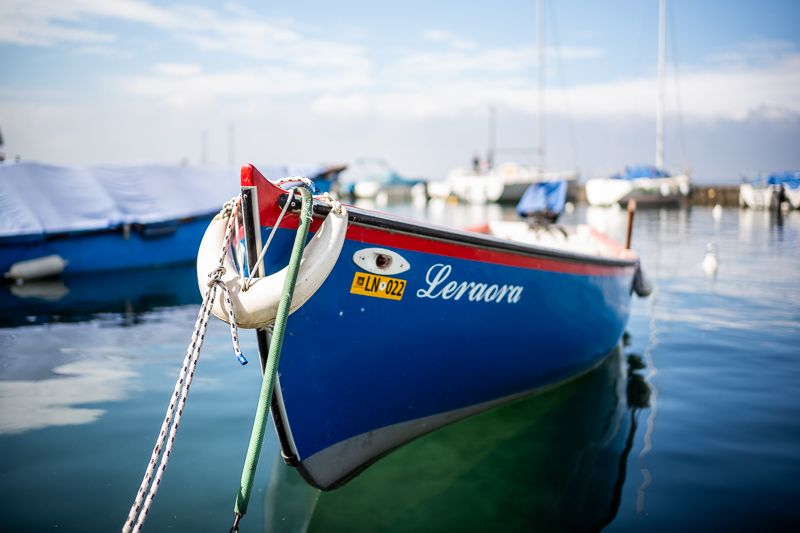
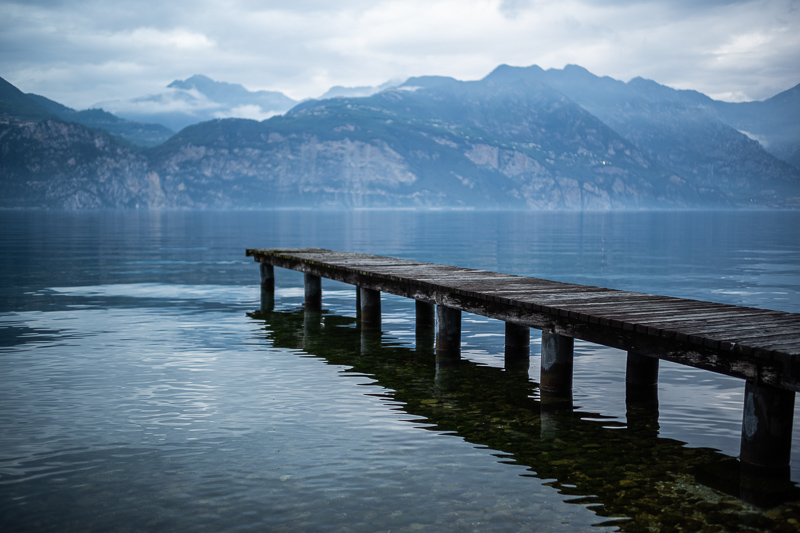
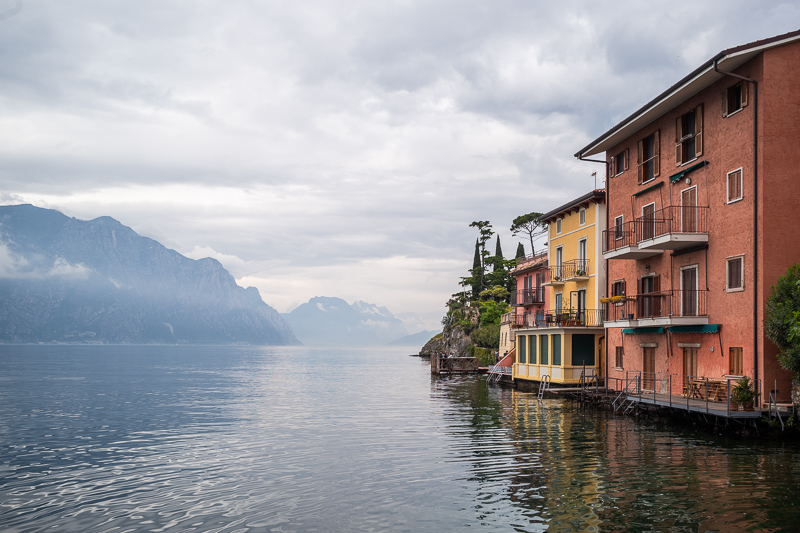
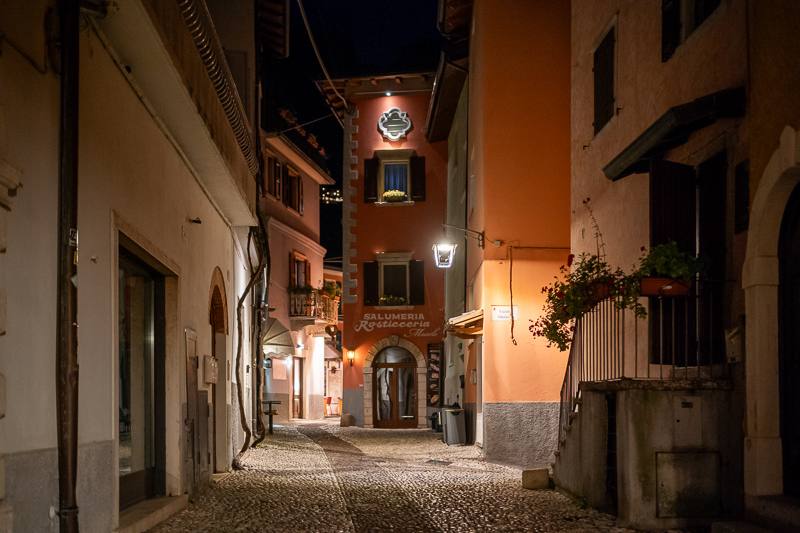
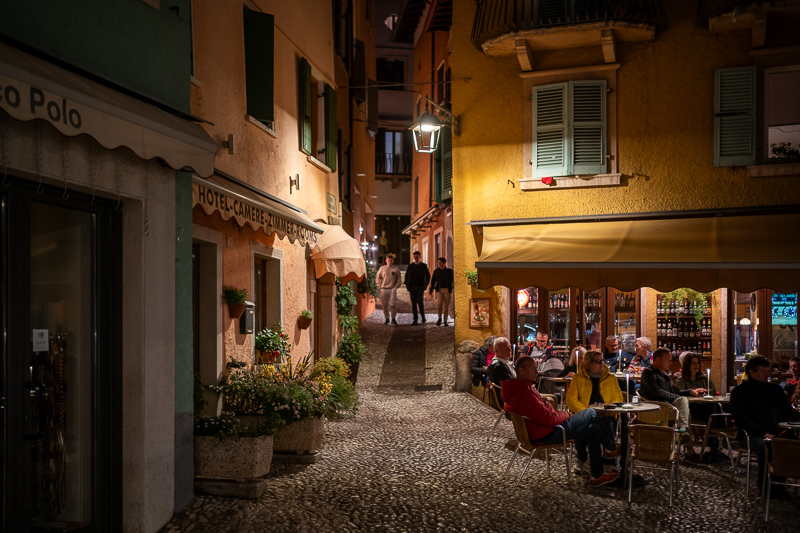
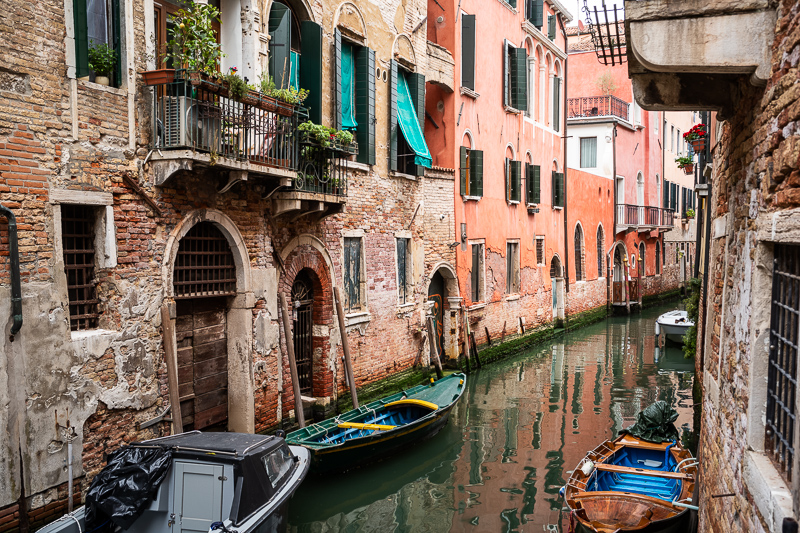
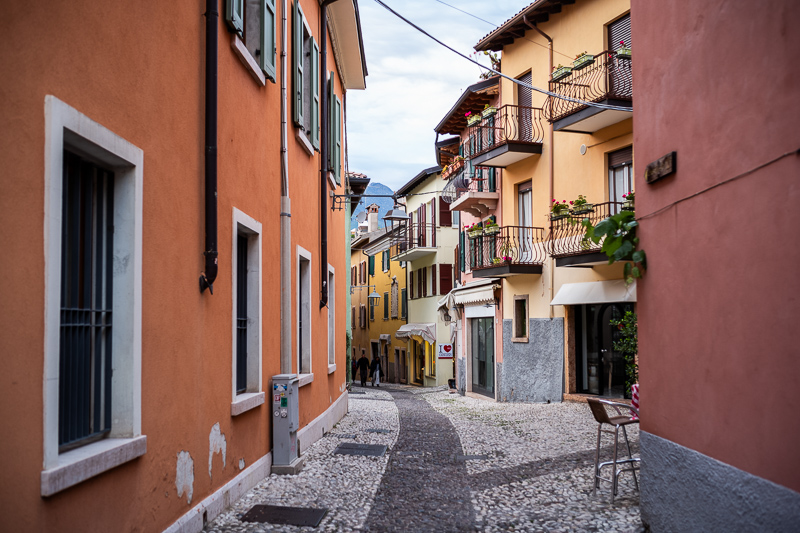
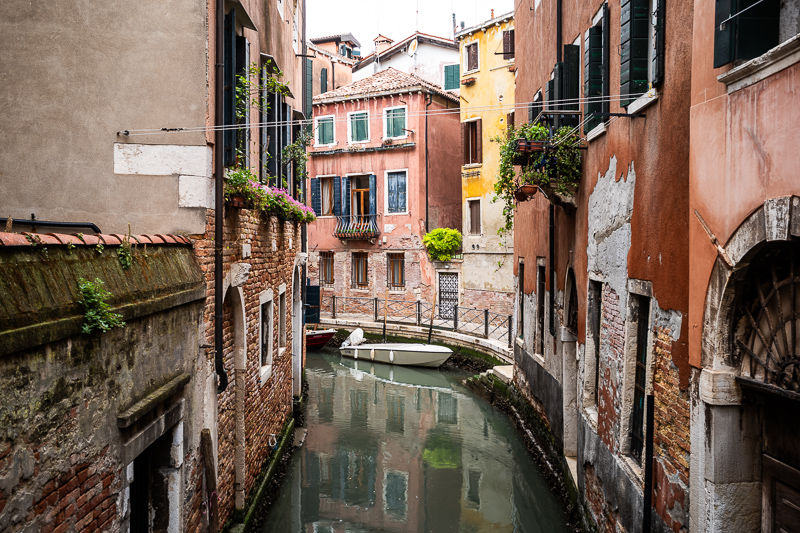
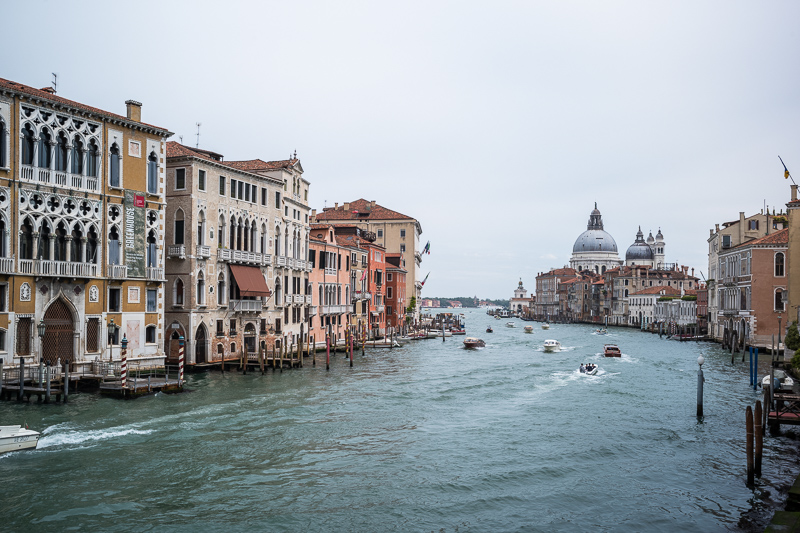
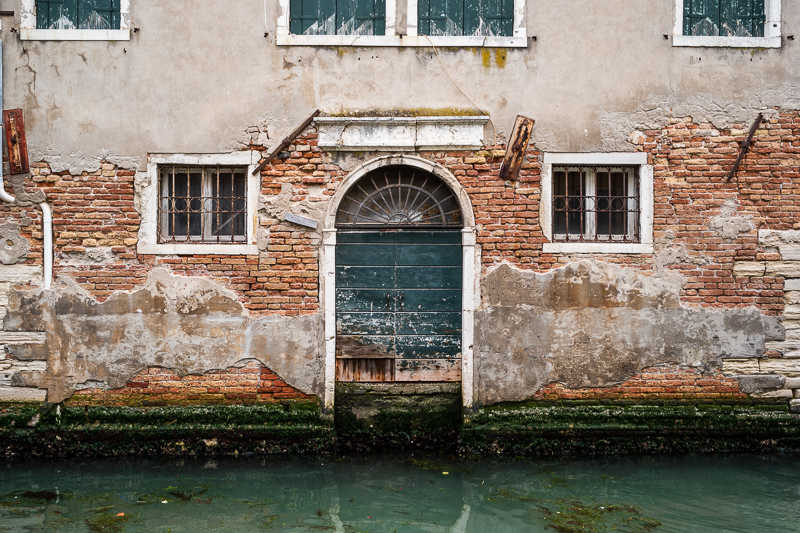
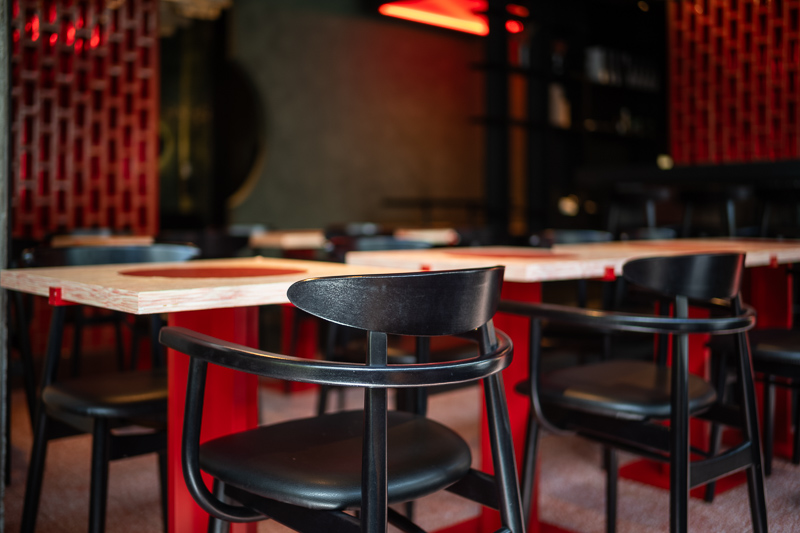

You can find most of the sample pictures in this article in full resolution here.
Further Reading
- All M-mount Lens Reviews
- Lens aberrations explained
- Best fullframe lenses from China
- Review: Nikon 105mm 2.5 Ai
- Reviewing Lenses isn’t really worth it
Support Us
Did you find this article useful or just liked reading it? Treat us to a coffee!
![]()
![]()
![]() via Paypal
via Paypal
This site contains affiliate links. If you make a purchase using any of the links marked as affiliate links, I may receive a small commission at no additional cost to you. This helps support the creation of future content.
Latest posts by BastianK (see all)
- Analogue Adventures – Part 47: Tübingen - December 17, 2025
- Review: Zeiss Milvus 25mm 1.4 Distagon - December 13, 2025
- Vivo X200 Ultra – The Death of the compact Camera - December 9, 2025
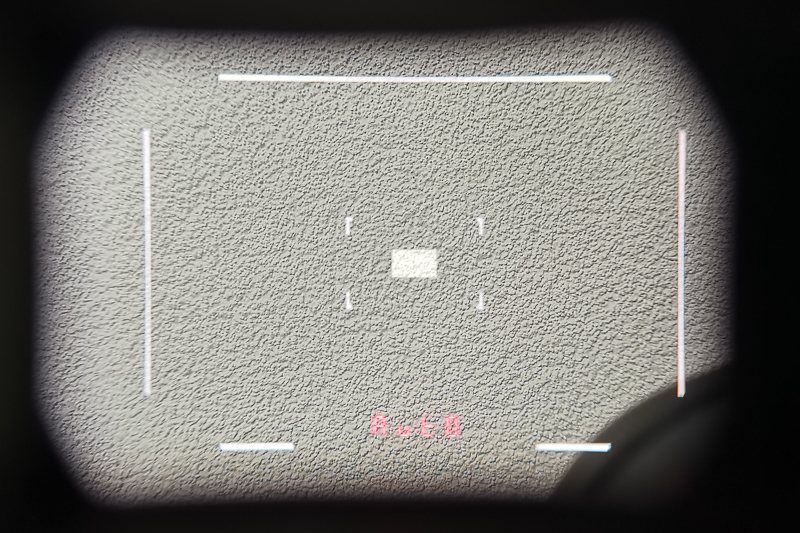
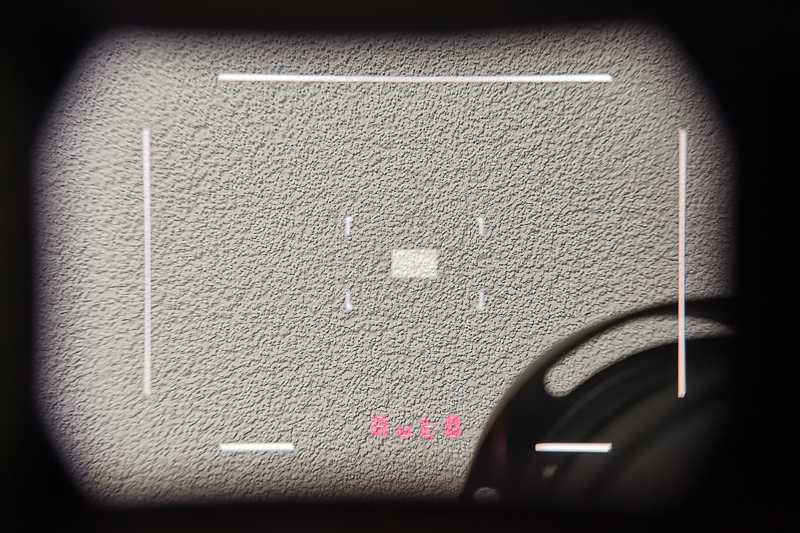
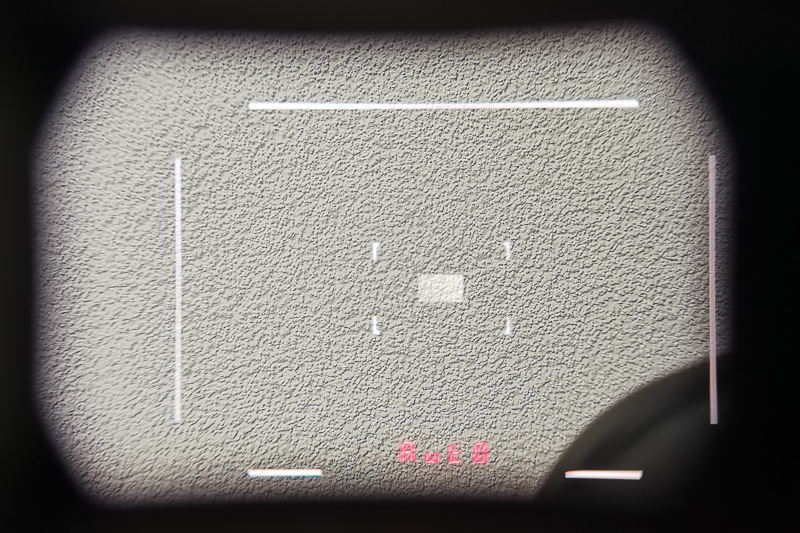
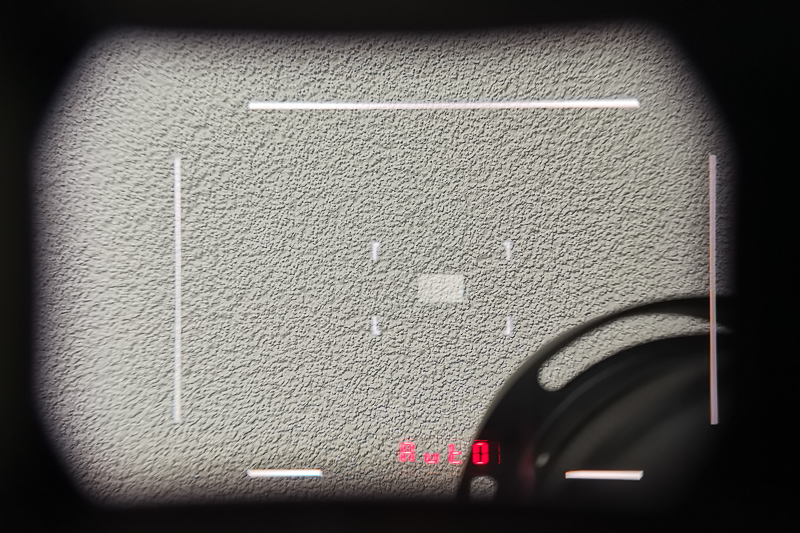







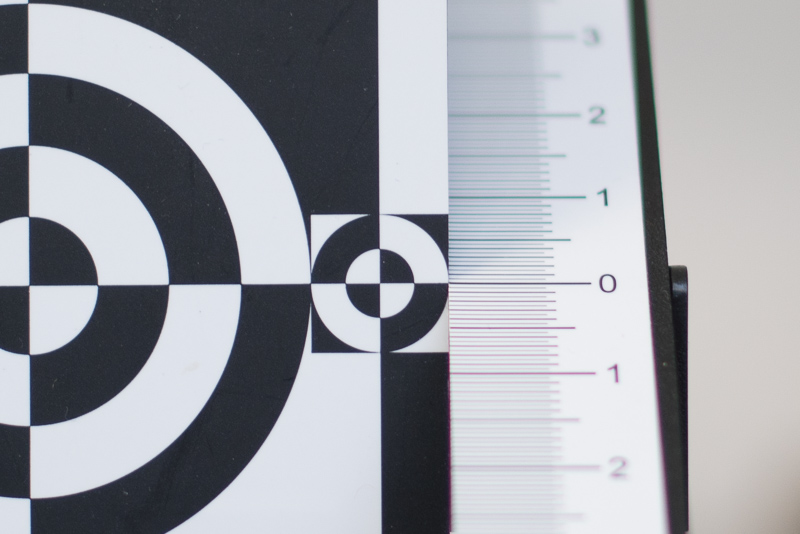
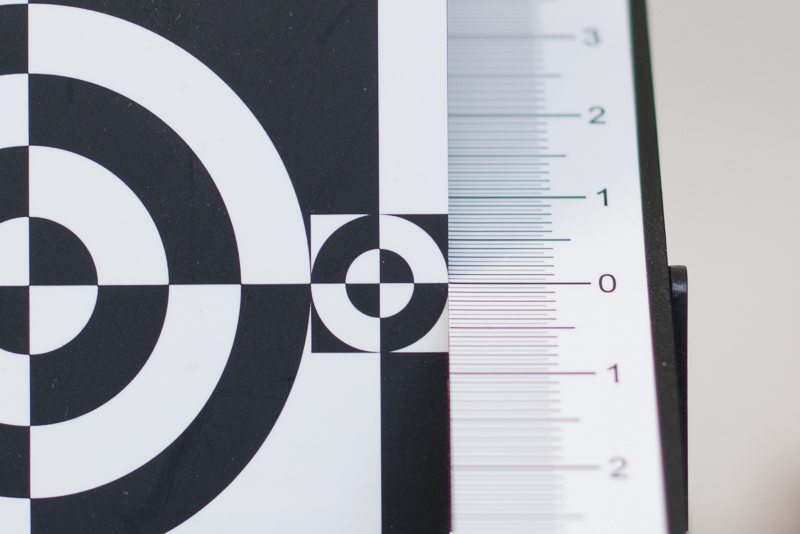
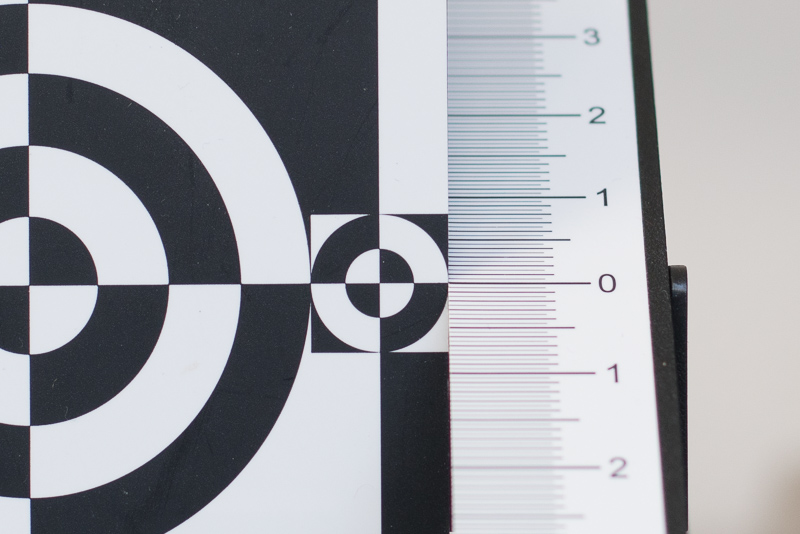
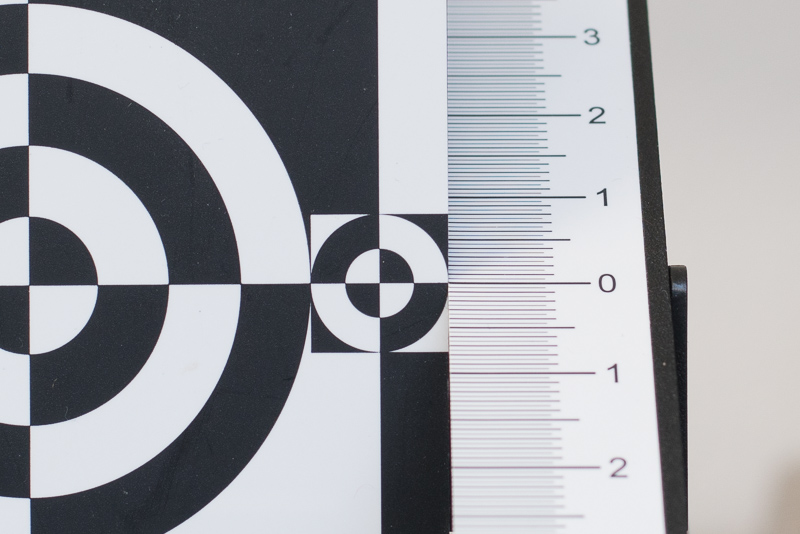
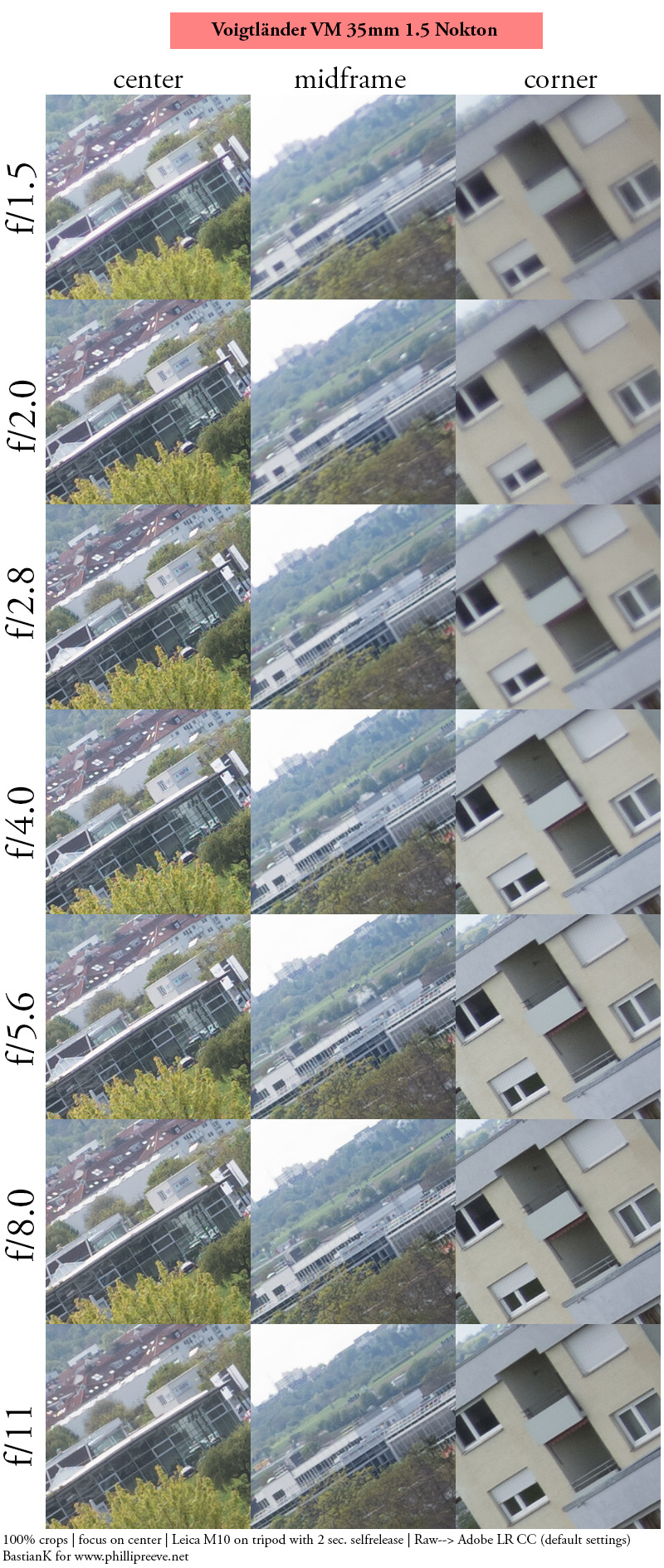
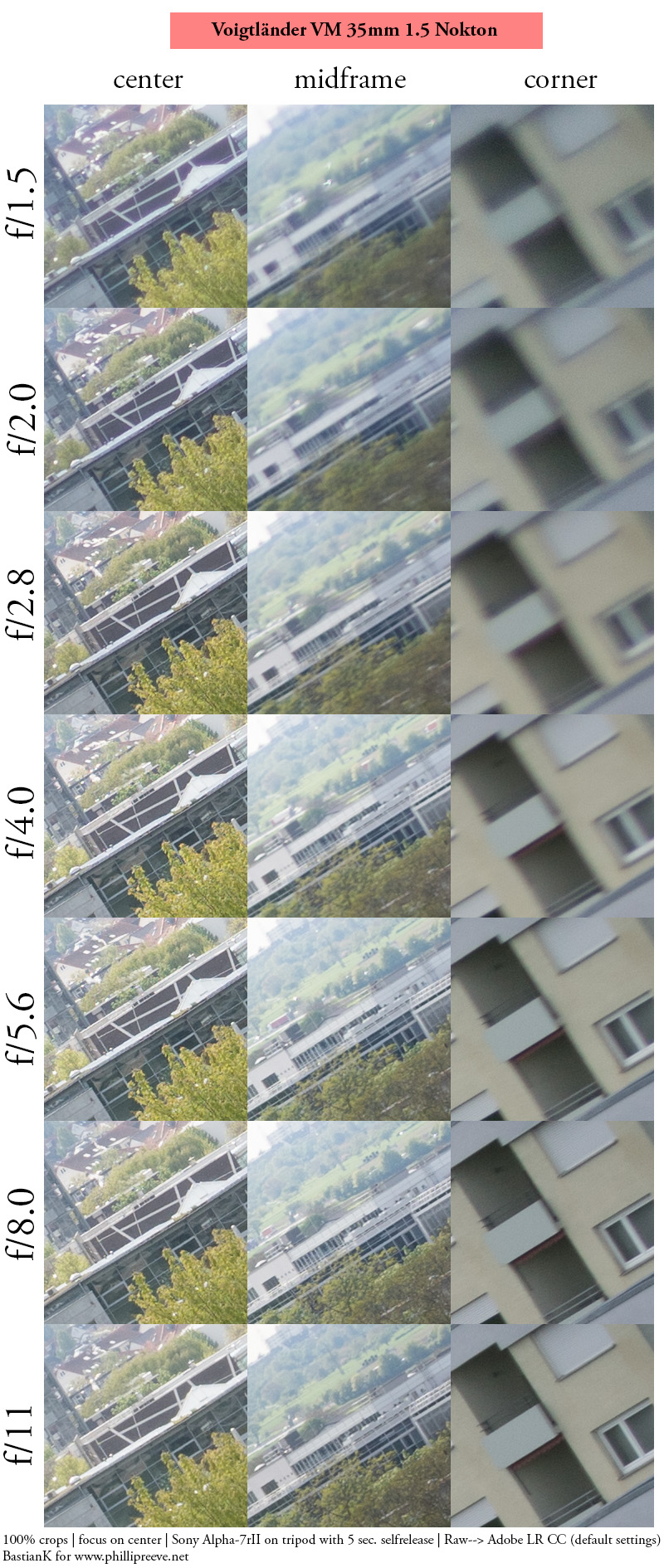
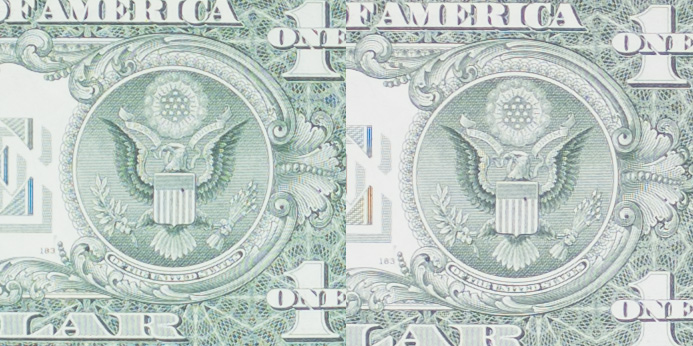
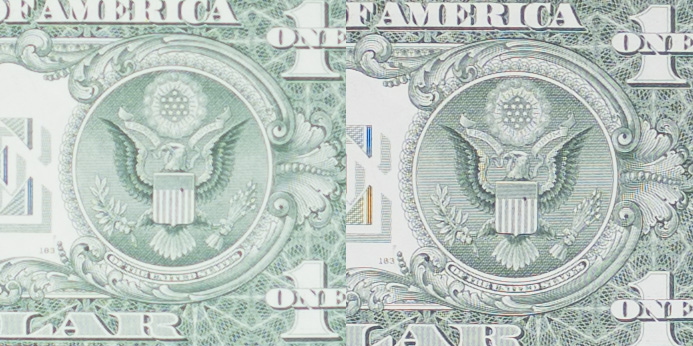
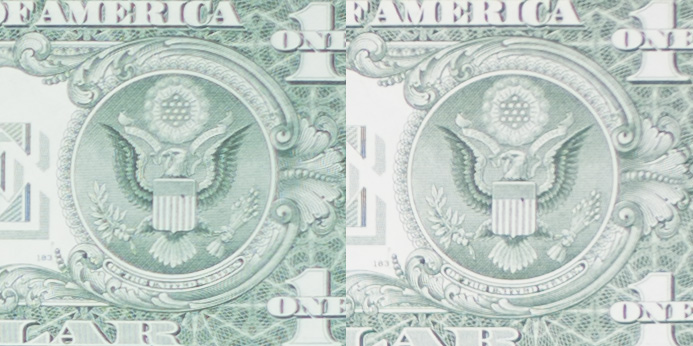
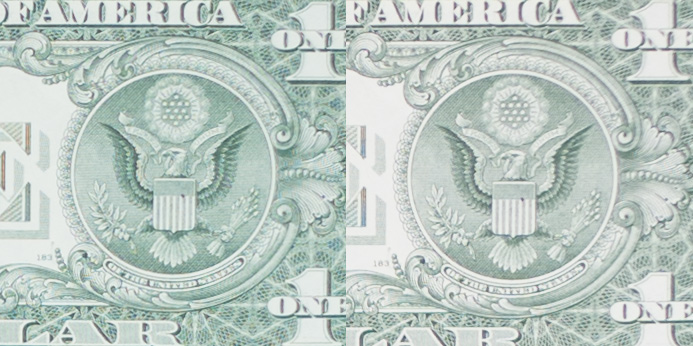
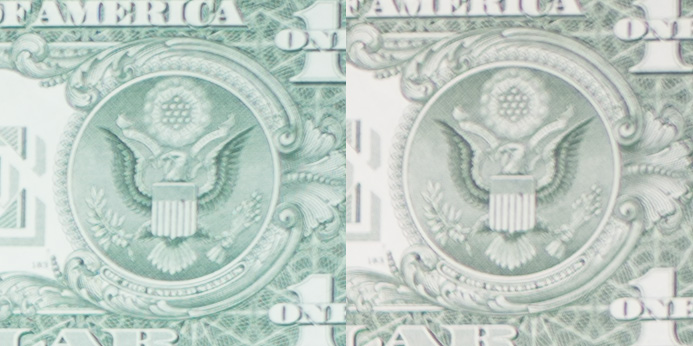
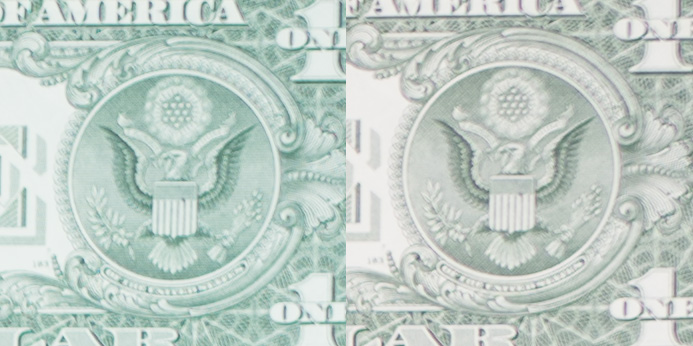




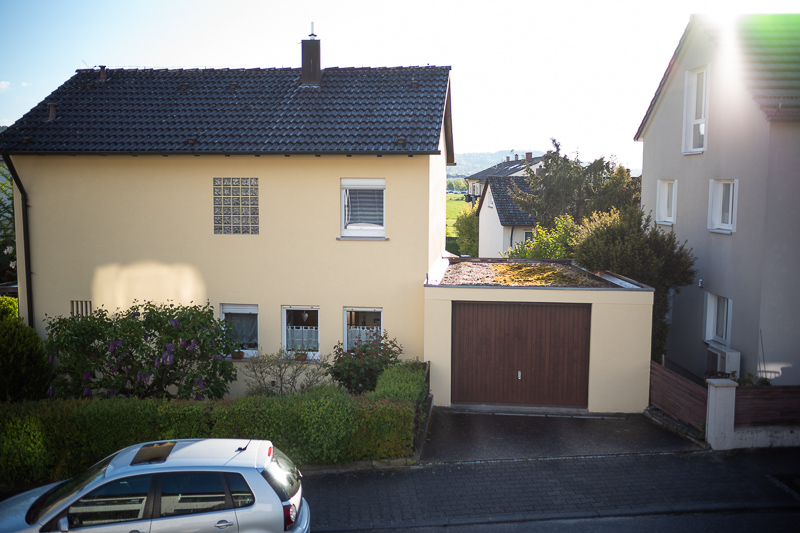
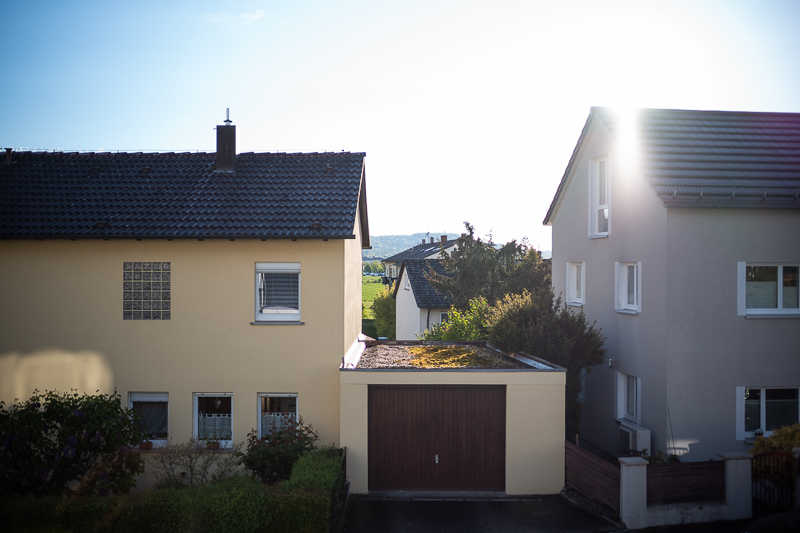
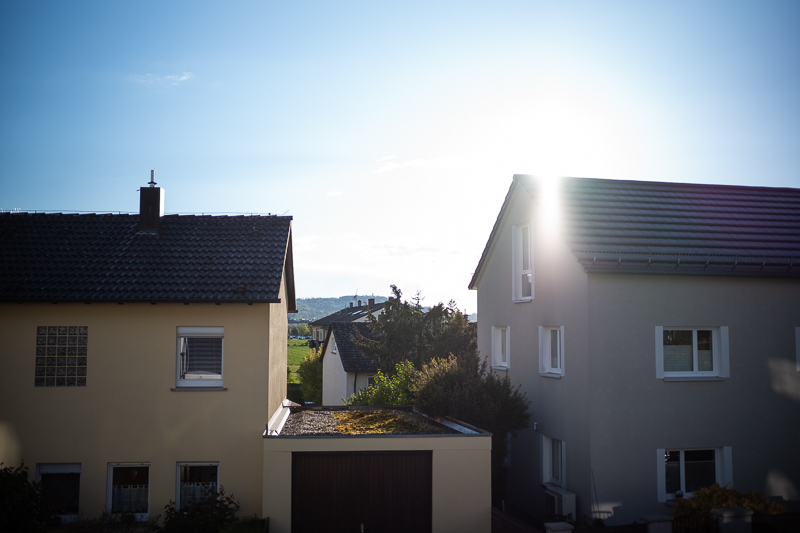
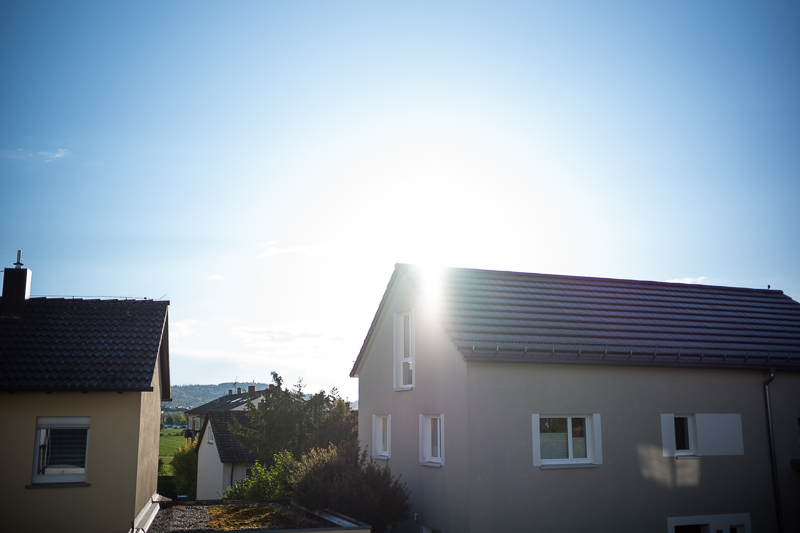
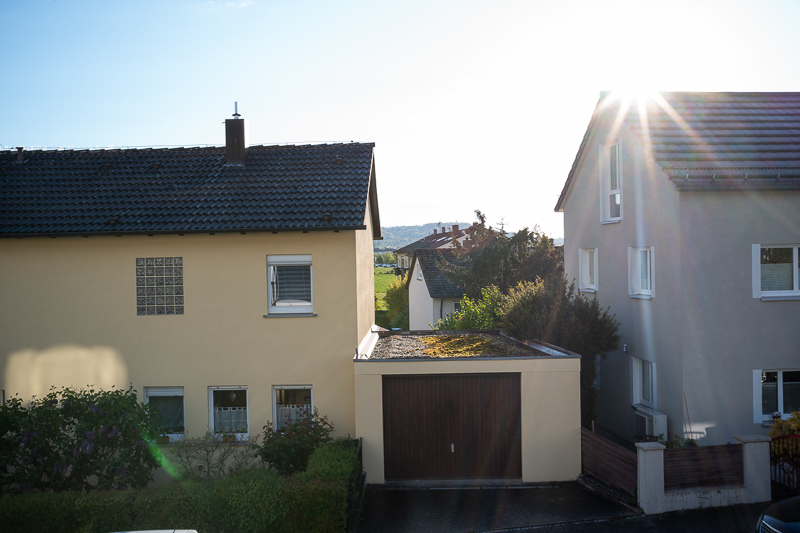
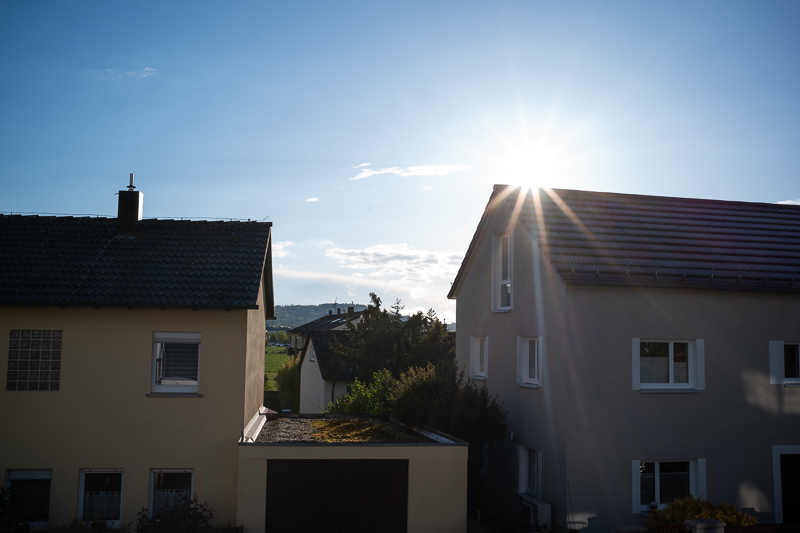
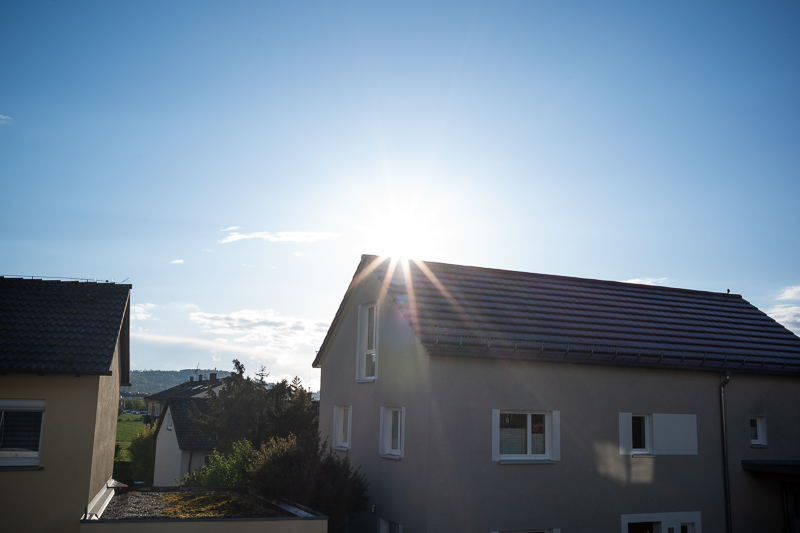
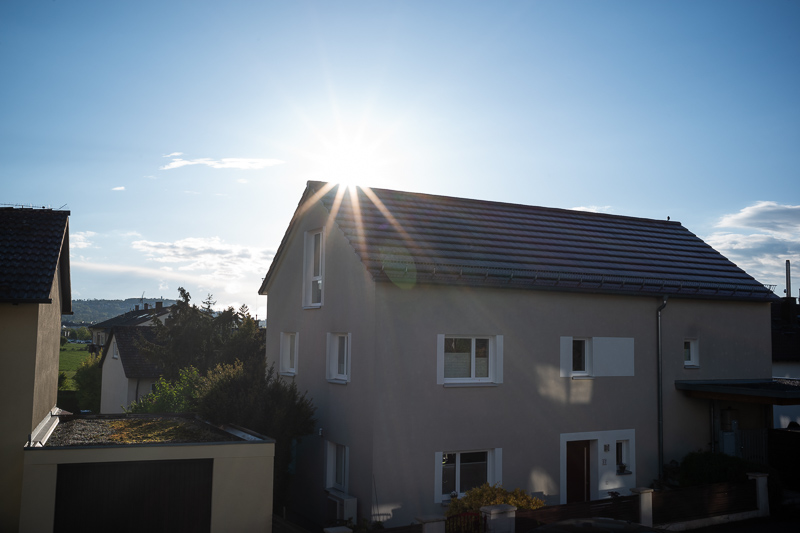
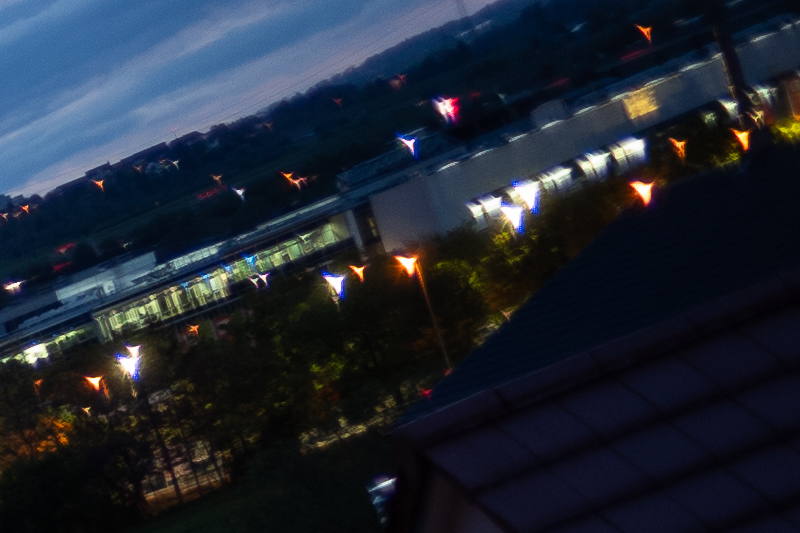
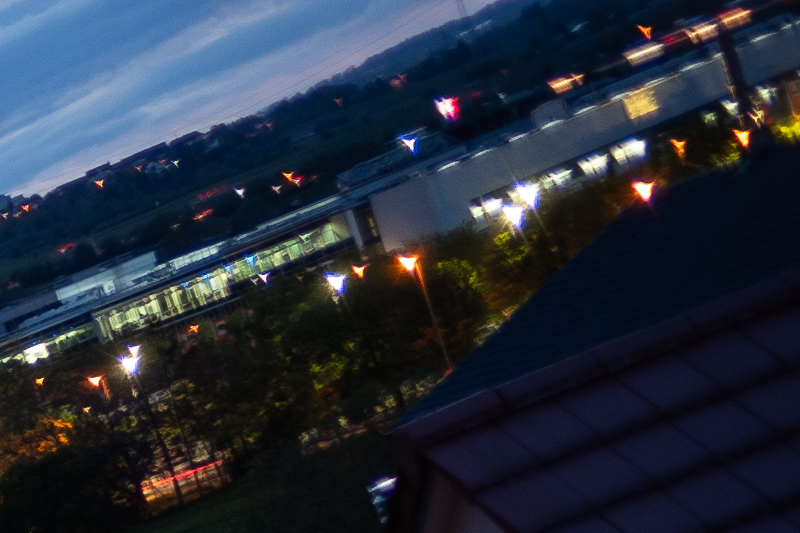
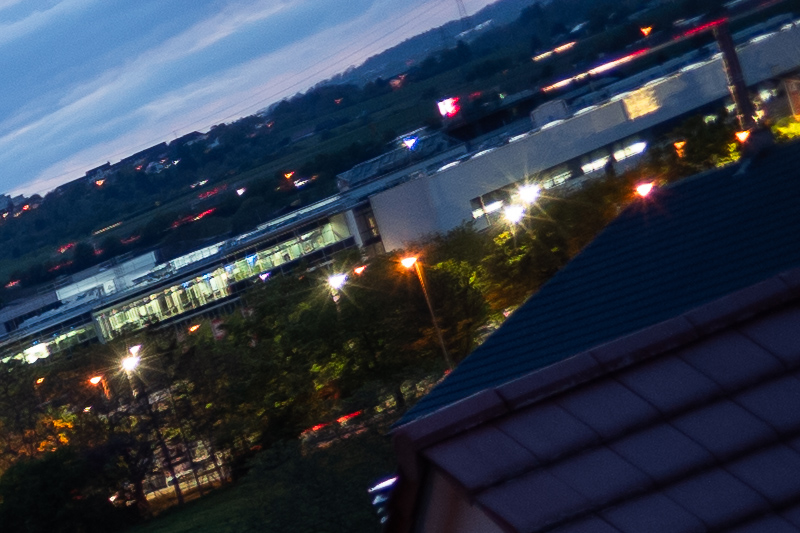
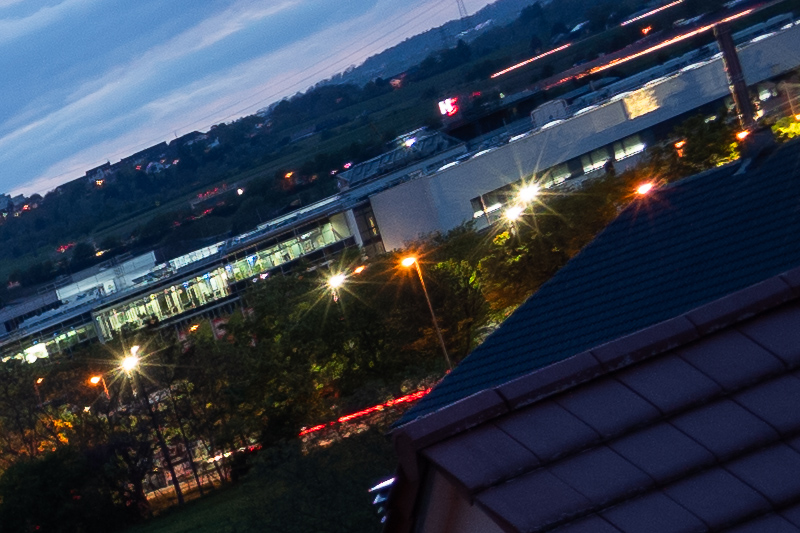
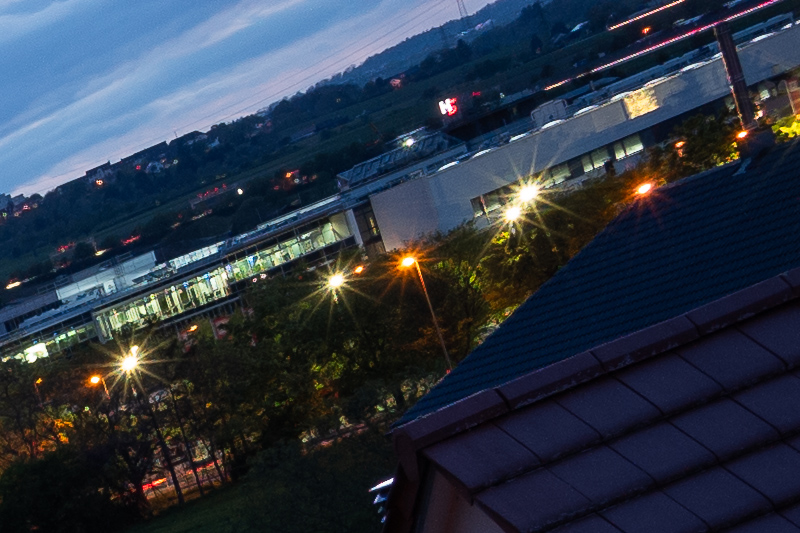
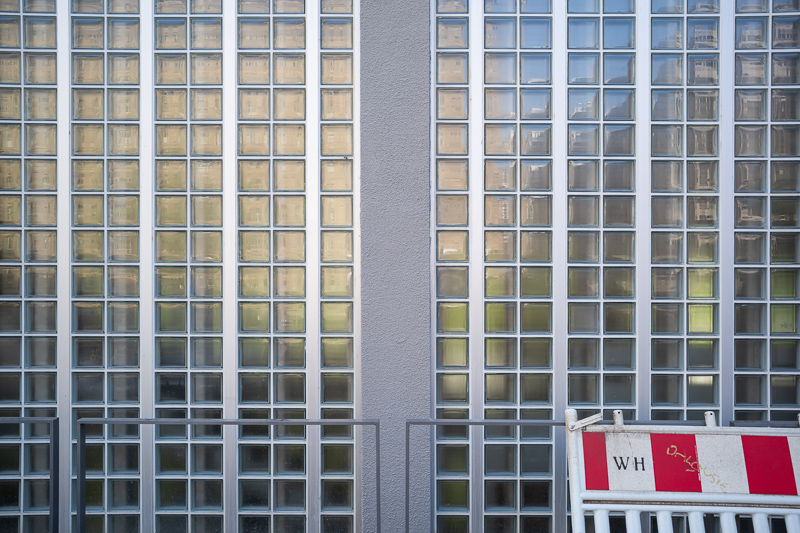
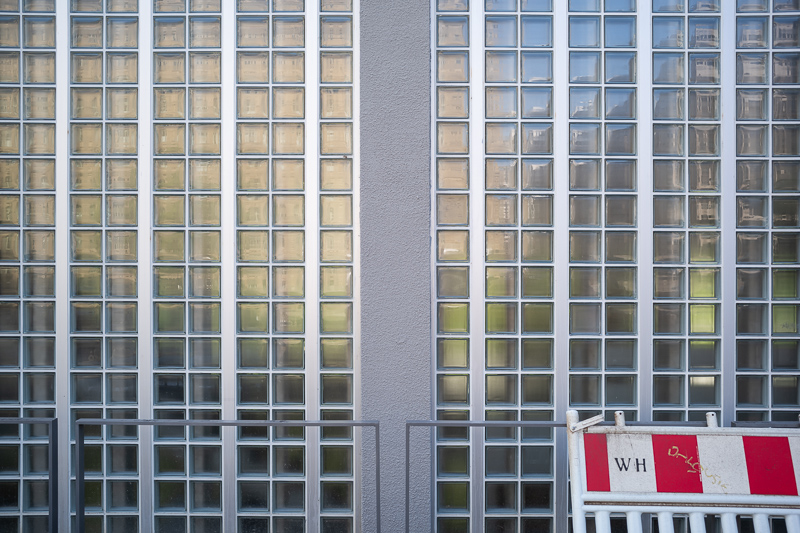


























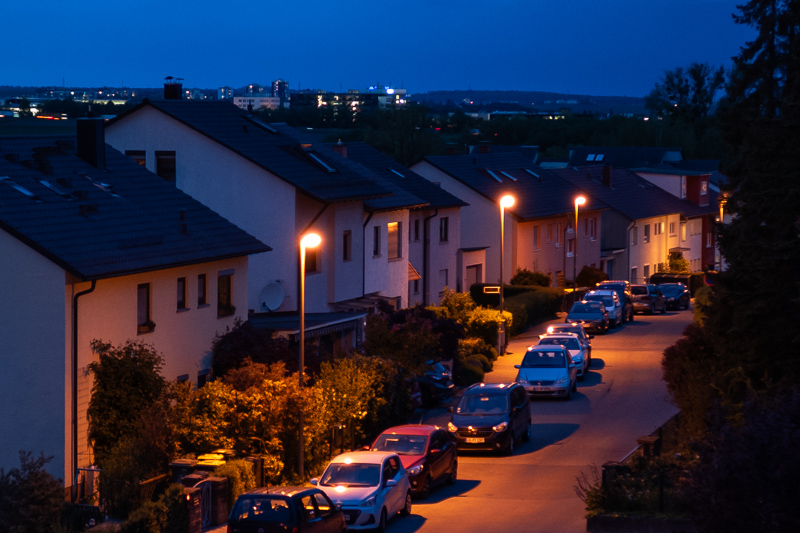
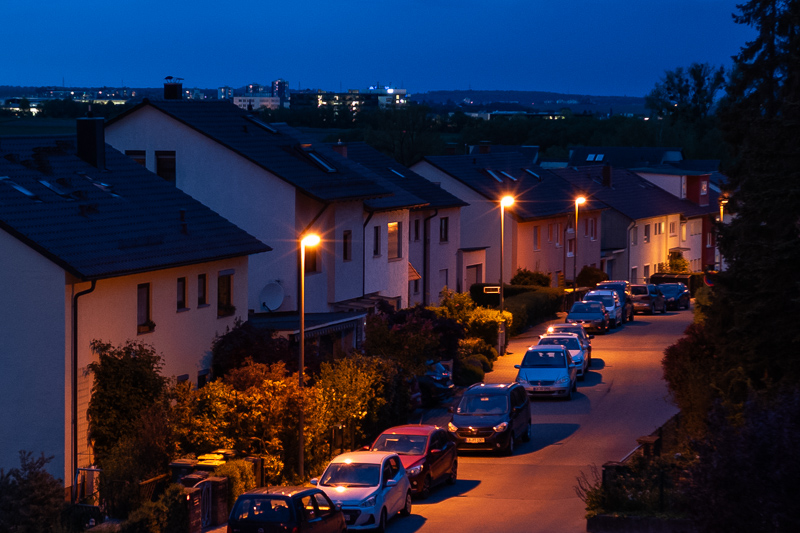
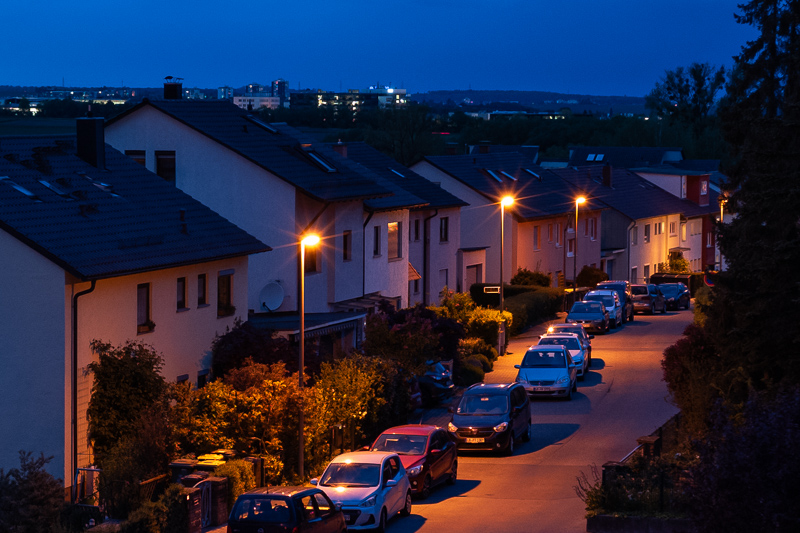
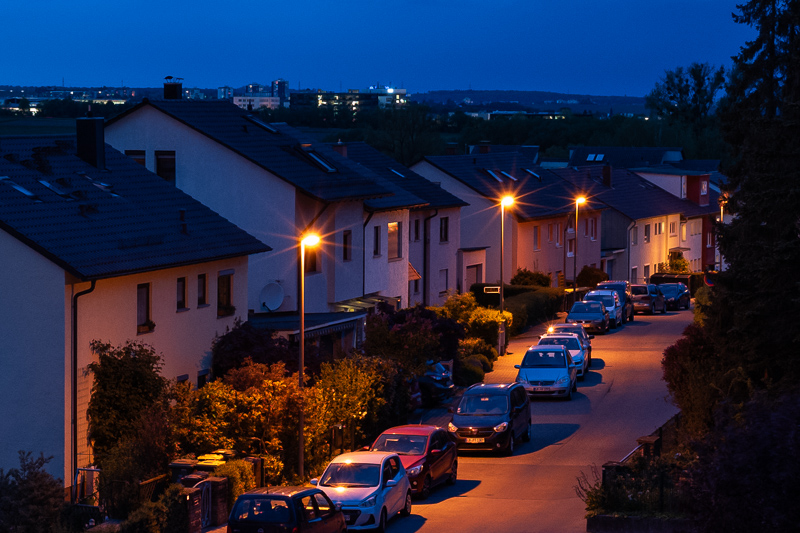
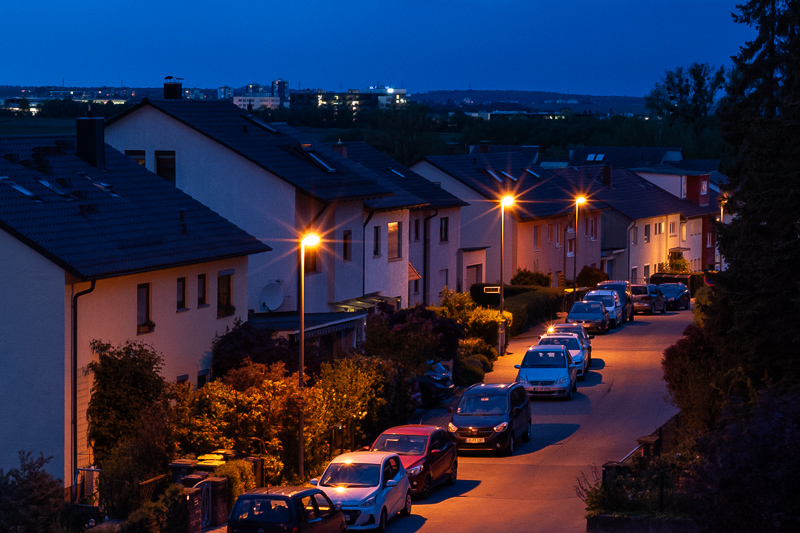
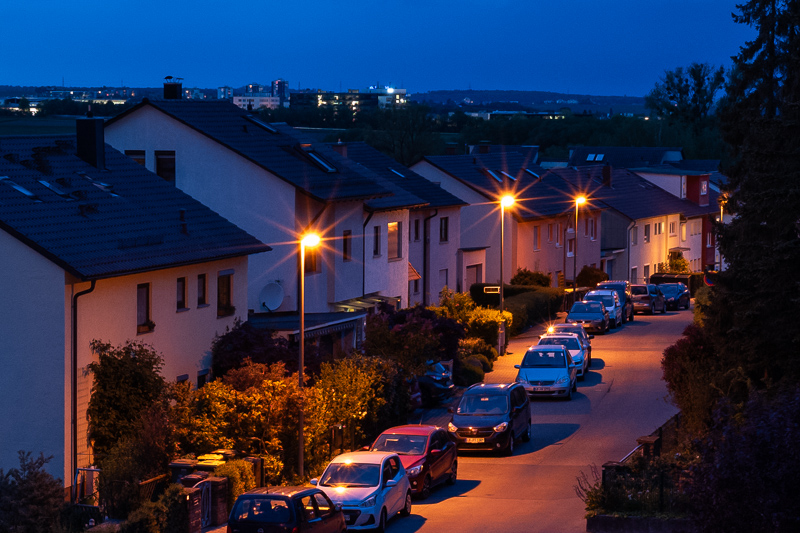

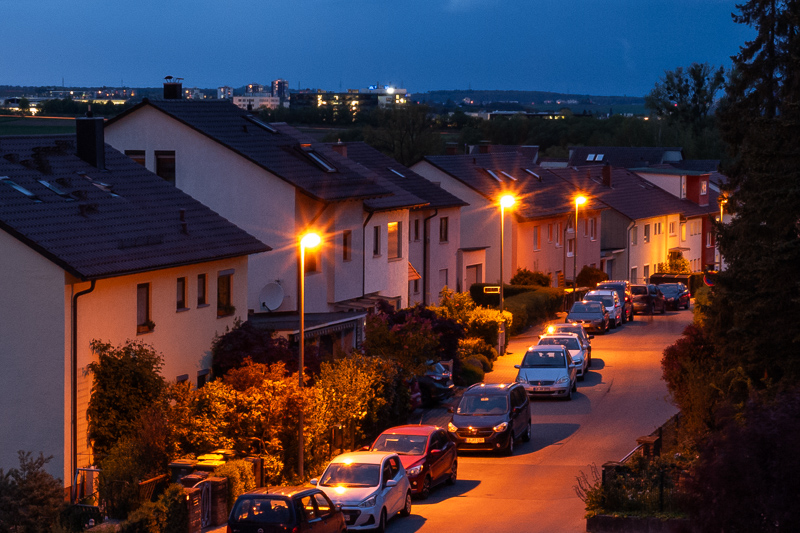
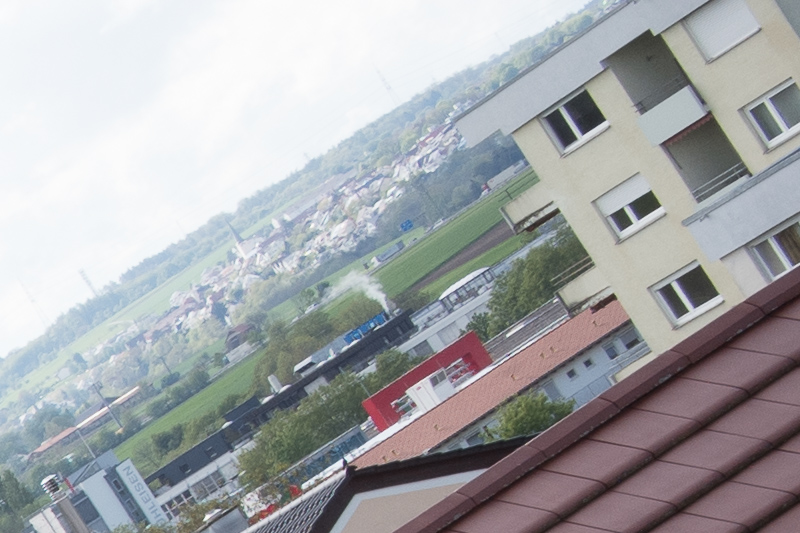
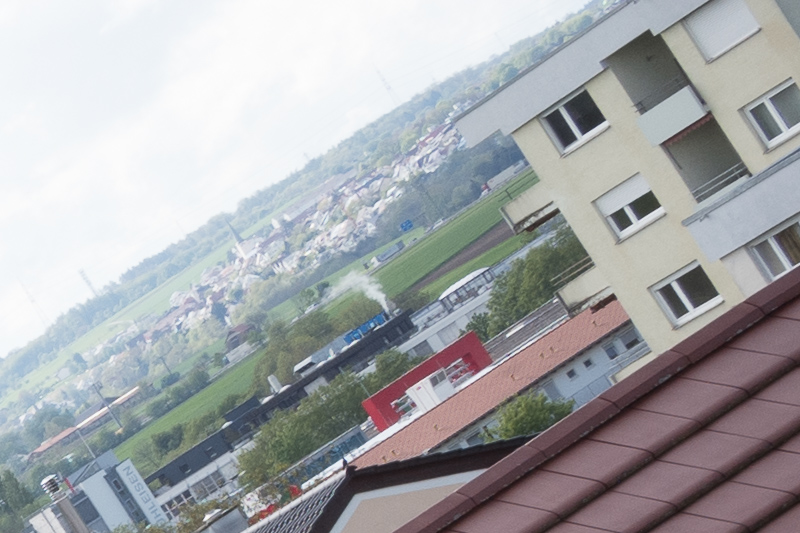
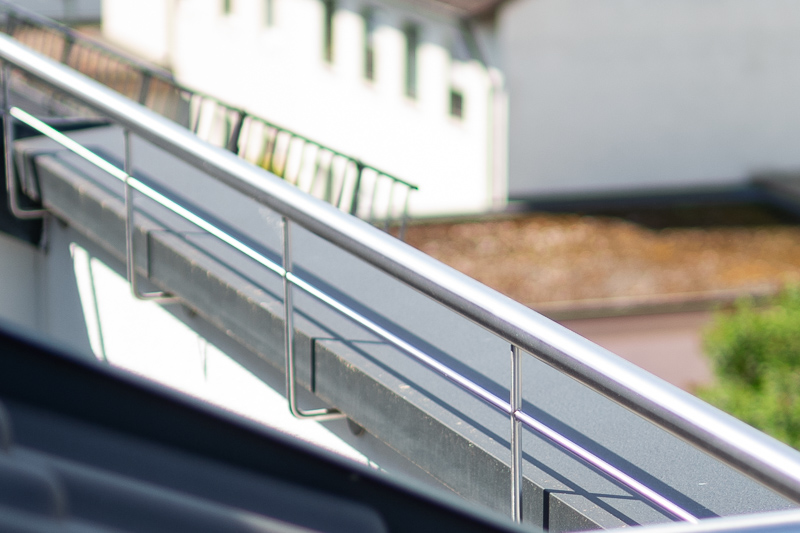
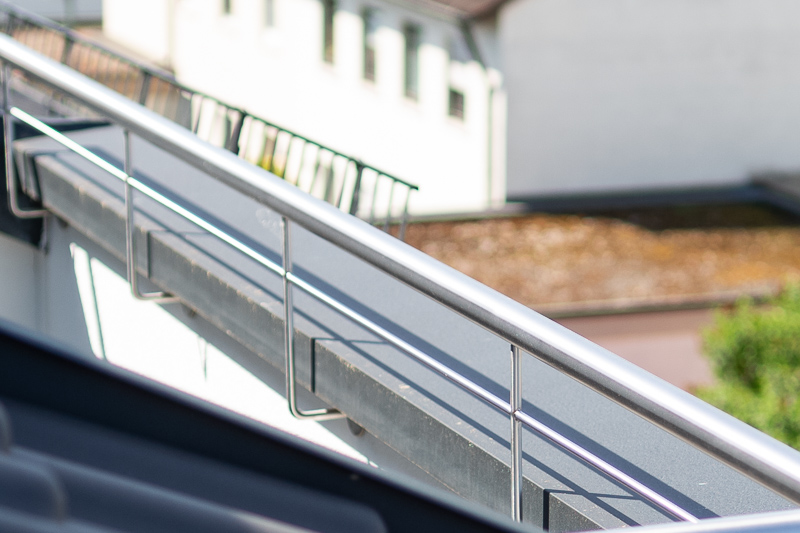
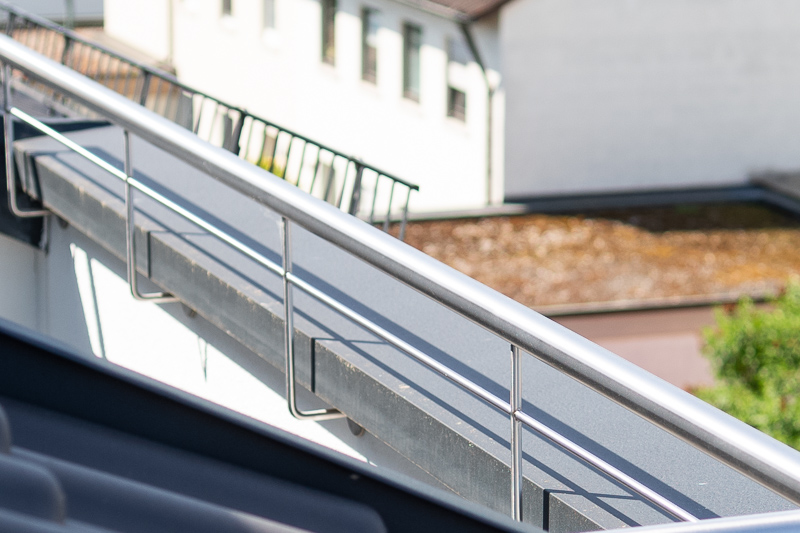
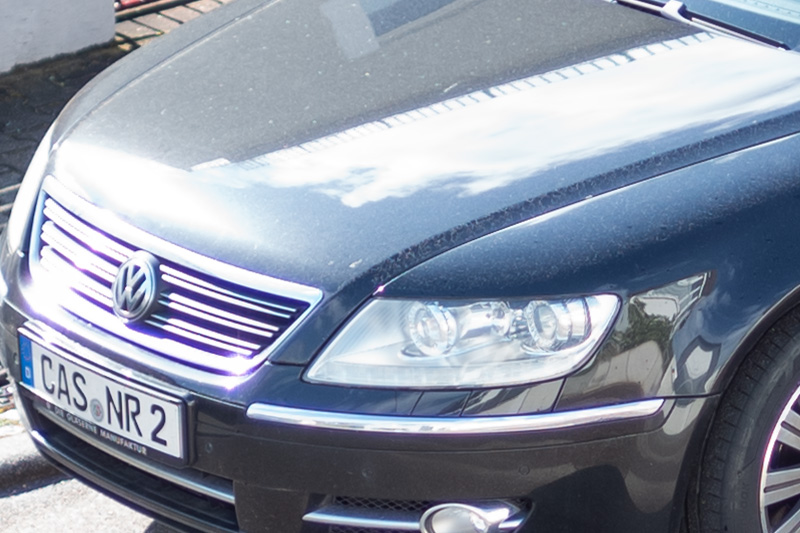
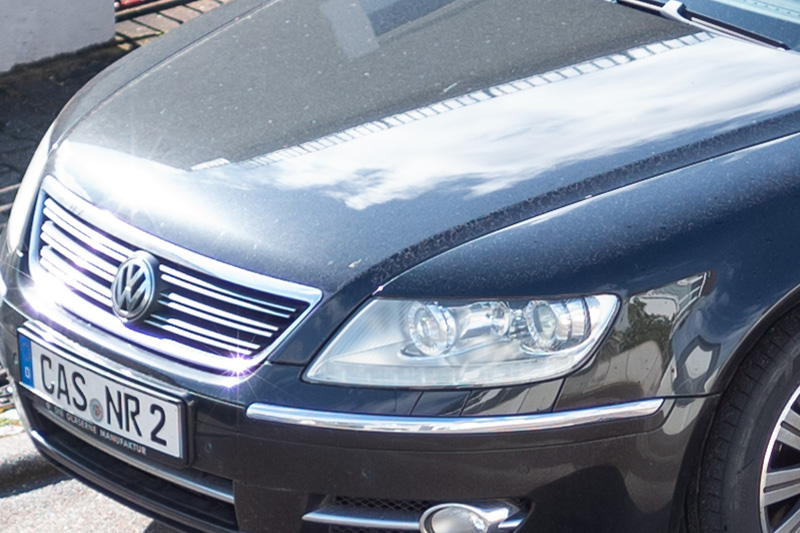
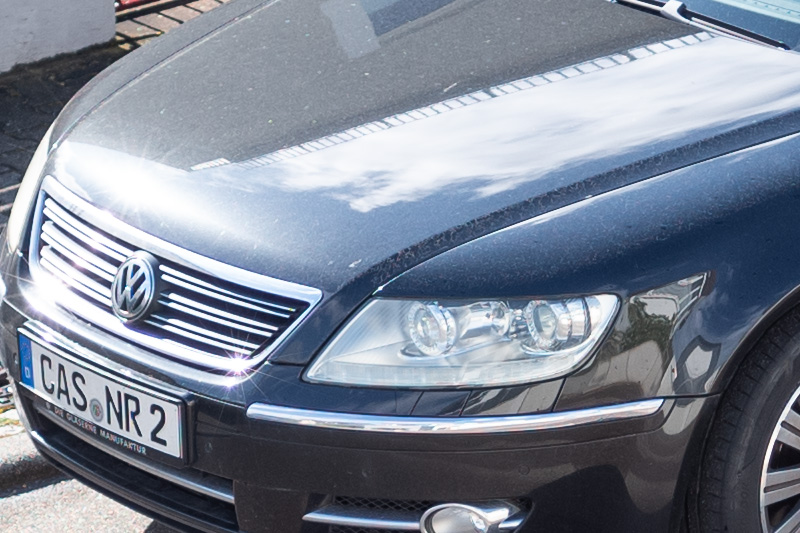
I spend a lot of time reading the reviews on this website, and often returning to them and taking extensive notes. I just want to say thanks, reviews like this are among the most helpful information in not only choosing what to own, but how to use it and when to pack it and so on.
Congratulations to the proud parents!
Thanks Bastian for this review. Seems to be a lens to consider because of its IQ and size.
As lentes da Cosina parecem ter uma personalidade especial, tenho a de 40mme certas fotos ficam mágicas, tipo essas arruelas de Venezae aquele barco.
It is obviously time for Leica to think about the pricing policy of their M-mount lenses, when the others not only catch up but surpass them in almost any aspect.
I think at this point it’s safe to assume Leica lenses are Veblen goods with a positive price elasticity. The customers left are people with more money than sense, who would already have switched over to third party if they were in any way interested in price/quality. They want that Leica name on there, and if the price drops it just means the products get less attractive for them.
A lot of people don’t buy Leica lenses for their performance, as long as they’re collectibles Leica doesn’t have to rethink anything… 🤷
Leica earned its reputation for collectors’ items with its outstanding quality.
However, this reputation alone cannot be sustained in the long term and Leica cannot survive on the collectors’ market alone. So they will have to come up with outstanding features and the highest possible quality again, otherwise that will soon be it.
I’ll agree that this is how Leica earned its reputation as long as we stipulate that “quality” is not necessarily the same as “performance” 🙂
Thank you Bastian! Another excellent review. This lens is a winner. Impressive IQ along with a very compact form factor.
It’s always interesting when Bastian reviews a lens I own and use, and a pleasant surprise when he doesn’t think it’s too awful. And I am really glad there’s at least one reviewer in the photoverse who doesn’t reflexively favor oligarch’s choice Leica or influencer darling Thypoc over everything else! Bonus: I definitely need to look up that Tahusa hood. 10/10 and thank you!
Great hood, I hope he will make one for my 35mm 1.2 III as well. Will be an immediate buy.
Any idea why that style of rectangular folded-inward hood fell out of fashion? I’ve got one in the same style for my 35GM (from Haoge) and I love the thing, makes the lens more compact than the OEM hood and I never have to reverse it, plus I’m a sucker for push-on caps (this one bayonets on too so adding a filter inside is easy). Haoge have a bunch in a similar style w/bayonet mounts for various Sigma, Fuji, and Sony lenses.
Not really, I find this to be one of the most useful hood designs.
I will take a wild guess that customers like them, but manufacturers try to steer demand away from them because a one-size-fits-most approach won’t work… you not only need the correct size of mount, but the folded-in front has to be dimensioned to avoid vignetting for a specific lens. Fujifilm included this type of hood with the original 35mm f/1.4 X-mount lens (probably to avoid intrusion in the optical viewfinders of X-Pro cameras) but most camera manufacturers seem to avoid them…
But most lenses aren’t reusing hoods anyway (specially bayonet ones)… I can understand generic screw in hoods sticking to circular designs, but why aren’t OEMs using this style anymore? As mentioned, sometimes 3rd parties like Haoge will even make the rectangular type, yet even then the circular kind is more common (on an aftermarket hood made to fit 1-2 lenses at most). Maybe some users prefer pinch caps to push on caps but I can’t fathom why…
Just be a little more patient 😉
Nice ! I was expecting for this review and personal opinion, many thanks to you and the lender.
Something seems to be a little off with your testing. You claim: “the only category where I see the Leica ahead is off center sharpness at portrait distances at f/1.4 to f/2.0.”
Whereas in Fred Miranda’s very thorough testing https://www.fredmiranda.com/forum/topic/1784972/5/ at a number of different distances – 0.7, 0.8, 1,0, 1.2, 2.5, 3.5, and 5m, his pictures reveal that the Leica Summilux 35mm f1.4 asph FLE is clearly sharper centrally. There are more than a dozen very carefully taken side-by-side photos where it is very clear that the leica is centrally sharper. My own testing in more than 20 side-by-side shots confirms exactly this – sharper, and clearly more microcontrast. It is so obvious that although there are other advantages to the CV lens: smaller, lighter, cheaper, very little focus shift, and to my eyes smoother bokeh, I’m hesitating about keeping the lens. I don’t understand why you have not seen or mentioned that,
Because a slightly better central sharpness is irrelevant. Almost never my subjects are in the dead center of the frame.
Sadly, I have seen this time and time again. Many people are looking for just one minor, questionably relevant difference to say one lens is better than the other, despite it being way worse in almost any other regard.
Well, I would say it is clearly sharper centrally, and the central third also has more obvious micro contrast. Saying it is irrelevant seems very odd. Testing should be objective, and as comprehensive as possible, it is up to the buyer/potential user to decide what is relevant or not for themselves. Plenty of photographers put what is most interesting to them somewhere in the central zone, even if you ‘never’ do that.
I used both lenses side by side.
Both reviews have crops showing the central sharpness at different distances.
I checked again and I don’t see a meaningful advantage for the Leica here.
Even if there was, it was so small that in the field it would be completely irrelevant – especially when using the unreliable rangefinder mechanism to focus.
What I do wonder though, is what your agenda is here.
You say you already bought both lenses anyway. From your former comments I am already aware you are a Leica fanboy.
If you compared the lenses yourself (always a great idea, sadly not feasible for most people) and you prefer the Leica
for whatever reason: be happy with it.
Especially if those central sharpness differences you are seeing mean more to you than: worse bokeh, worse vignetting (with hidden forced correction), weird color cast (with badly working hidden forced correction), worse flare resistance, higher weight and size and last but not least (probably irrelevant to you) 7 times the price.
But if you think you can, based on that alleged BS central sharpness differences, accuse me of not being objective, be aware: that shit doesn’t fly here.
And just take a second to think: what would be the benefit for me to say a cheap lens is better than an expensive one?
I still remember that day where someone (I guess accidentally) bought a 35mm 1.4 FLE MK I via one of my affiliate links.
Grocery shopping for that month covered, great day. I will still not tell people they should buy these lenses, because they are totally overpriced for the subpar performance they are offering.
I think your work and in general the work shown on this site is remarkable and very useful for photographers of all kind, Bastian. Don’ get mad for a particular comment: you set the tone here with your reviews and anything you claim (and prove) is enough for me to have a solid reference of a particular lens I could be interested in.
Trust me: I have worked as a journalist for 23 years. One thing I learned some time ago: never care about negative comments. They will always be there and they will never make me happier, unless I ignore them.
Leica lenses are great in its own way, in my opinion, but I will agree: they are clearly overpriced. Maybe twice the price of a good Voigtlander or LLL would fit the narrative of a classic german brand making lenses from Germany, but 4-5-6-7 times that price sets the bar too high for a vast majority of people.
Regarding the 35mm Summilux FLE that I own, it is a good example of Leica’s experience: sometimes brilliant, sometimes frustrating. Perfect? Not at all. Overpriced? Of course yes. Voigtlander lenses are an amazing alternative. For instance, the 28mm nokton 1.5. Or the 50mm Apo. Or all these tiny options (35mm 1.4 ii, 40mm 1.4, 50mm 1.5 ii)…
Be cool and keep working as you do. Phillipreeve deserves in my opinion way more traffic and monetization (the prestige is already there) and to me the site is at the same level as, let’s say, a Fred Miranda in terms of accuracy and rigor.
Have a great day.
Hello guys, on the Tahusa website it says that the lens hood may produce vignetting. Does anyone have experience with it? Is there a noticable difference between shooting wide open at f 1.5 with or without lens hood?
Thank you very much
I did not encounter any issues using that hood and I have used it for all the pictures in this review.